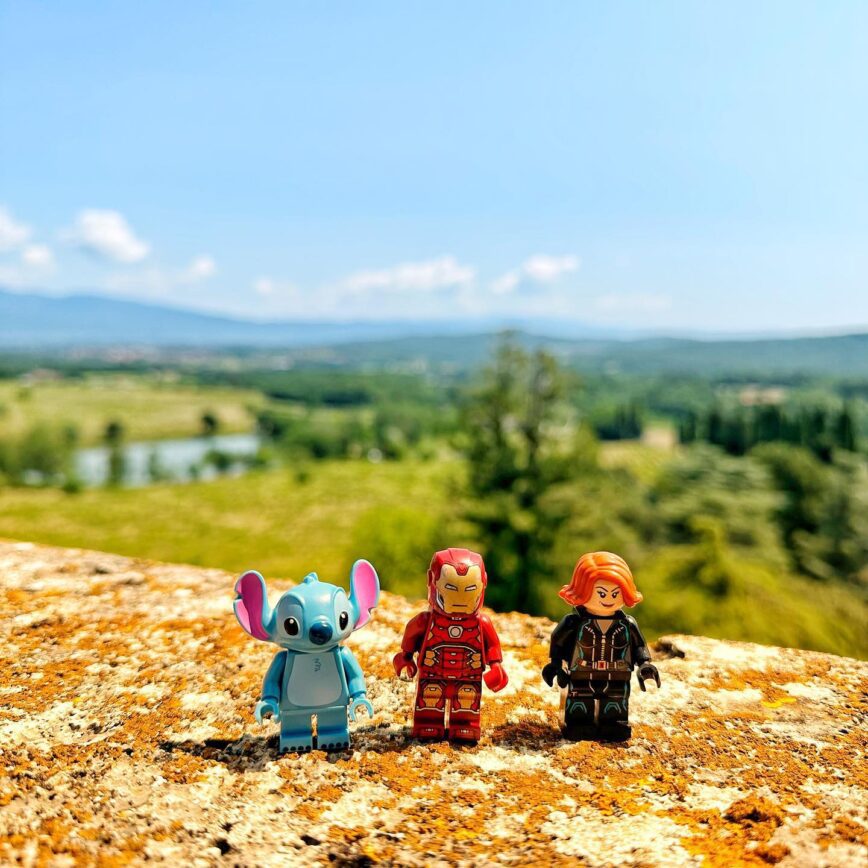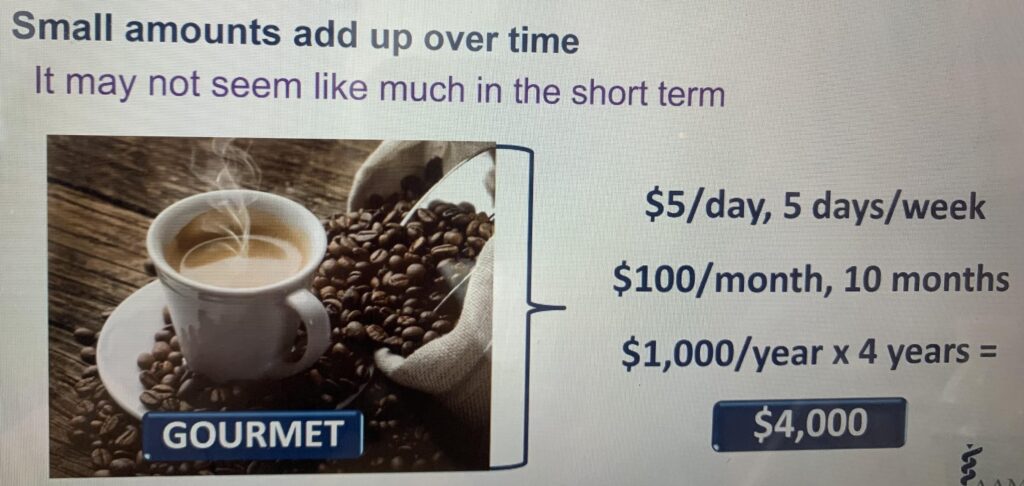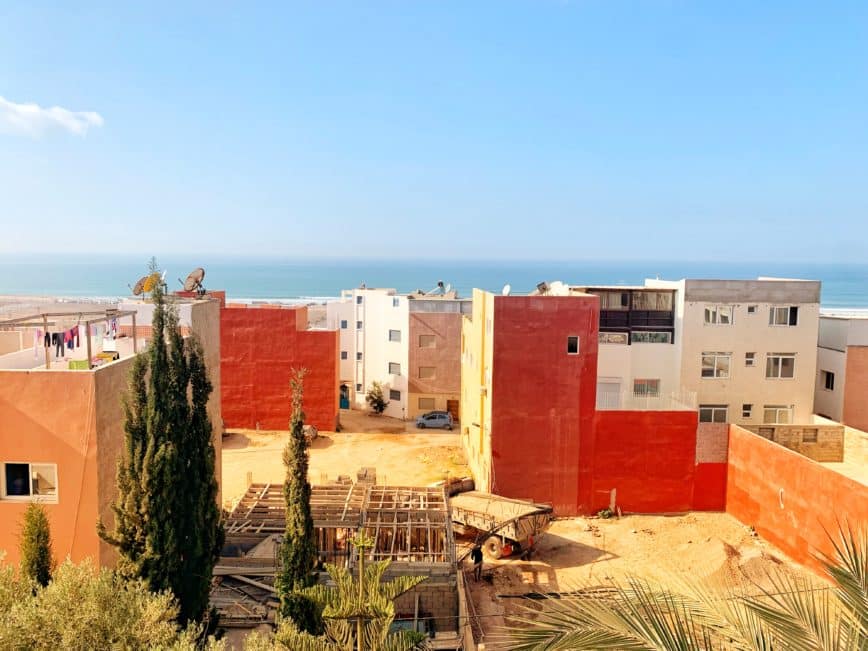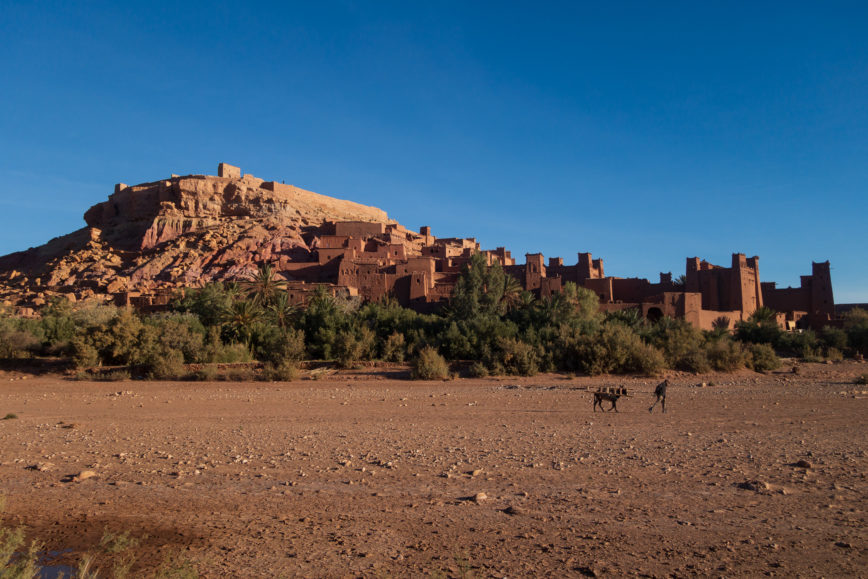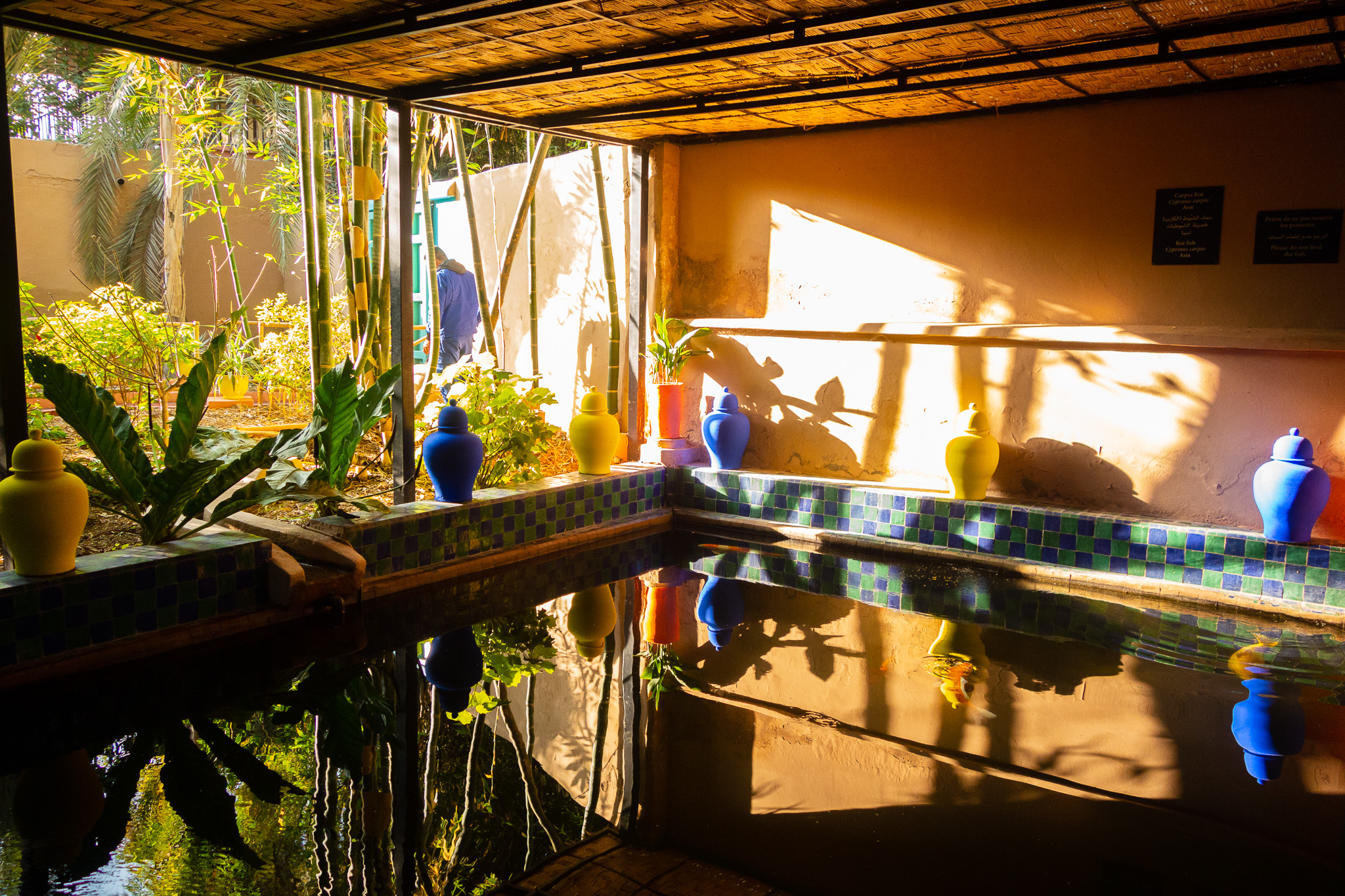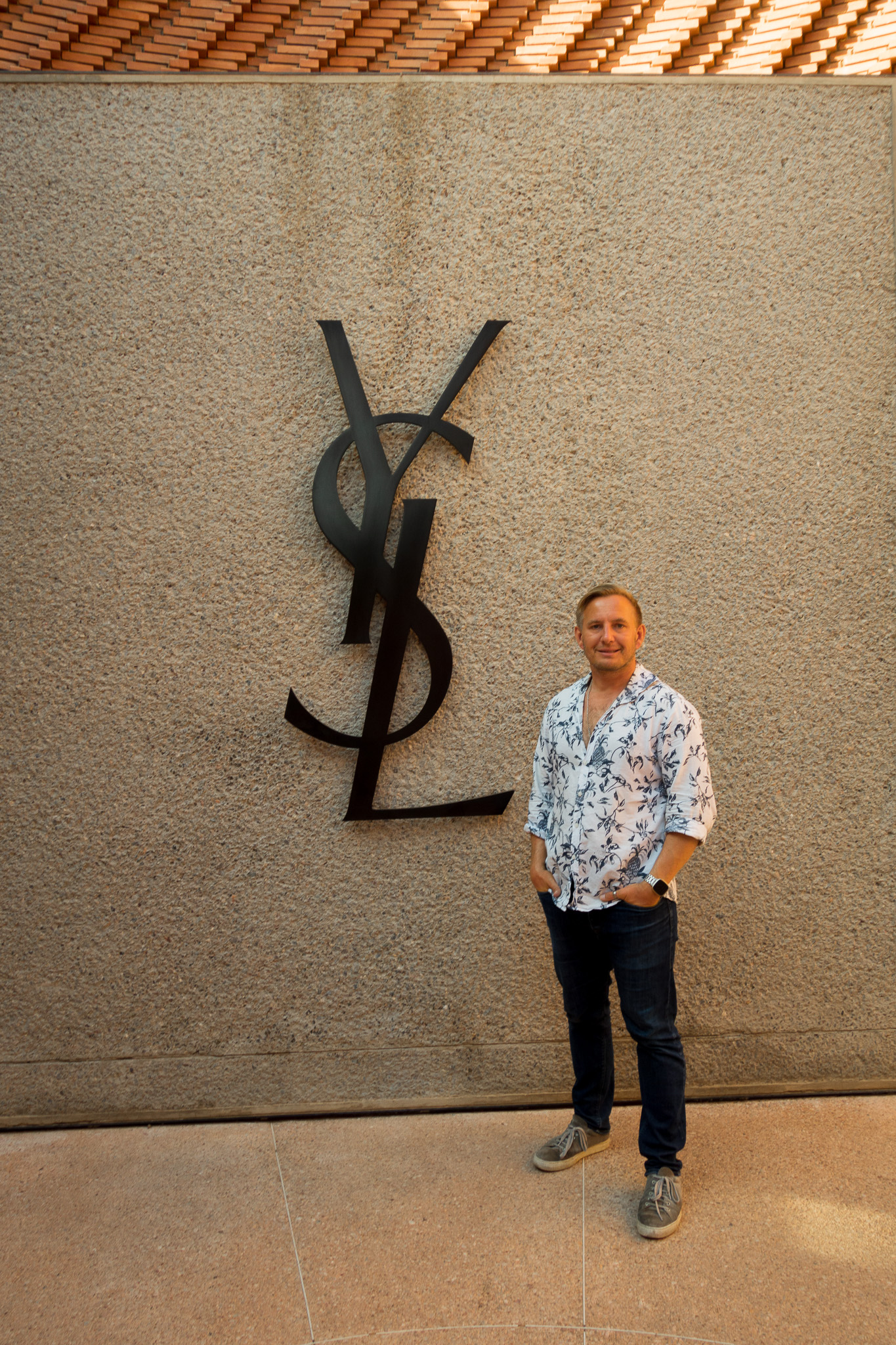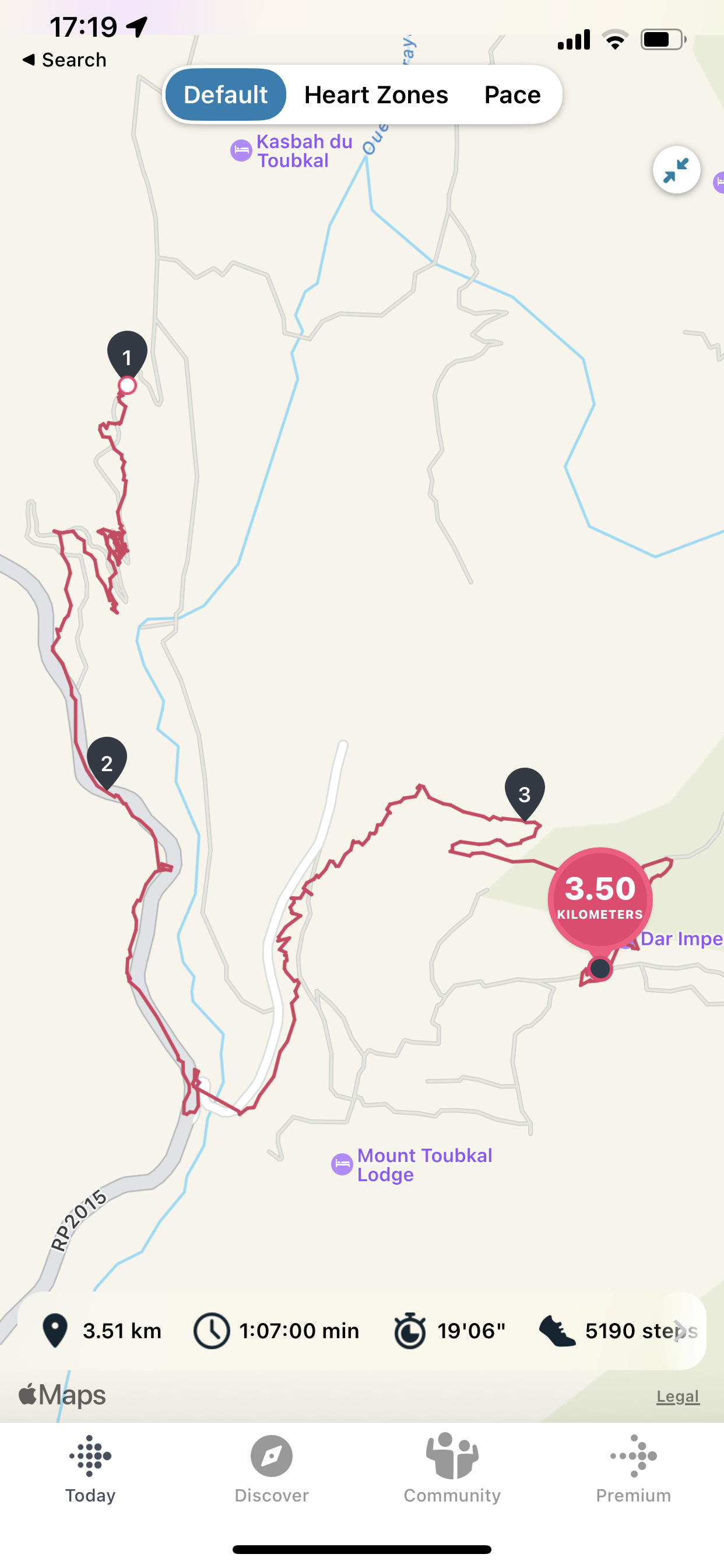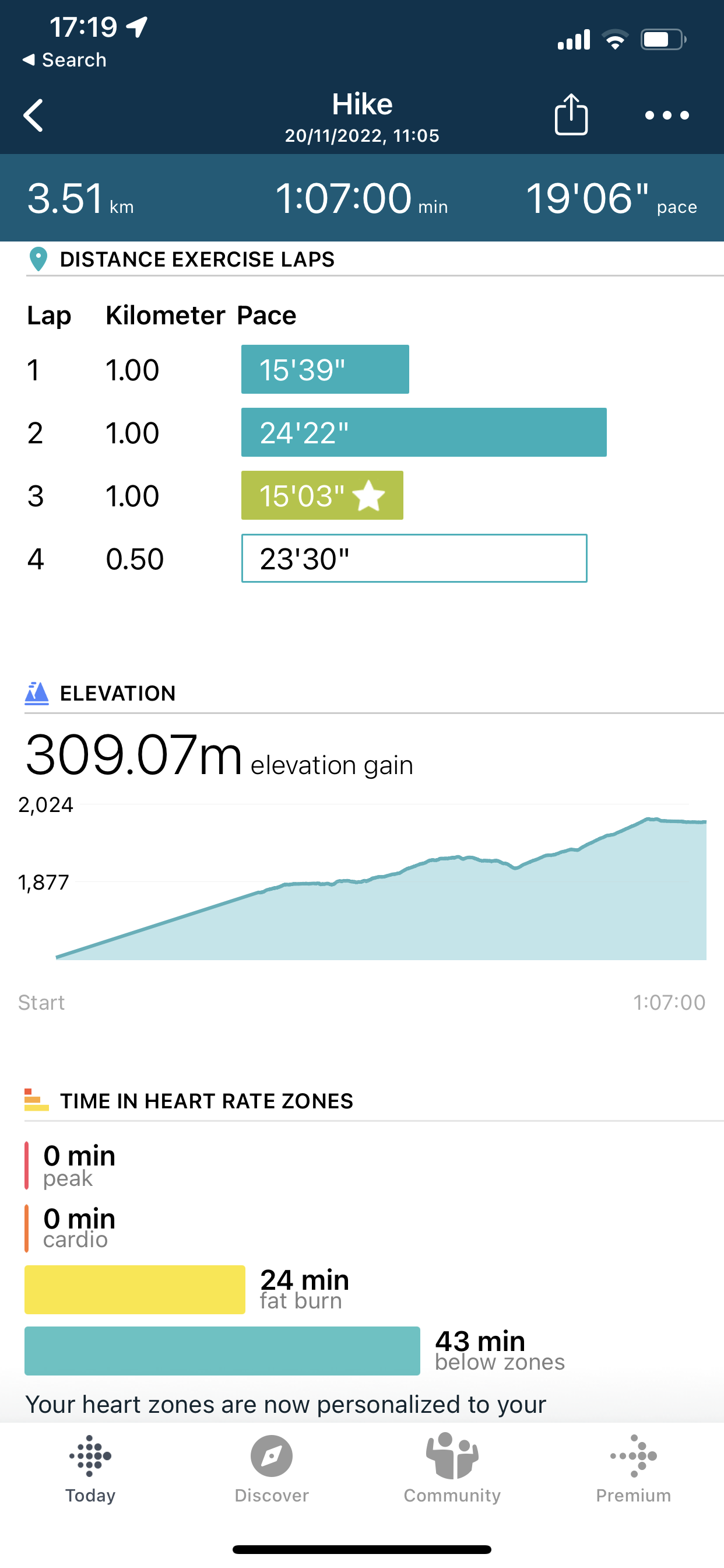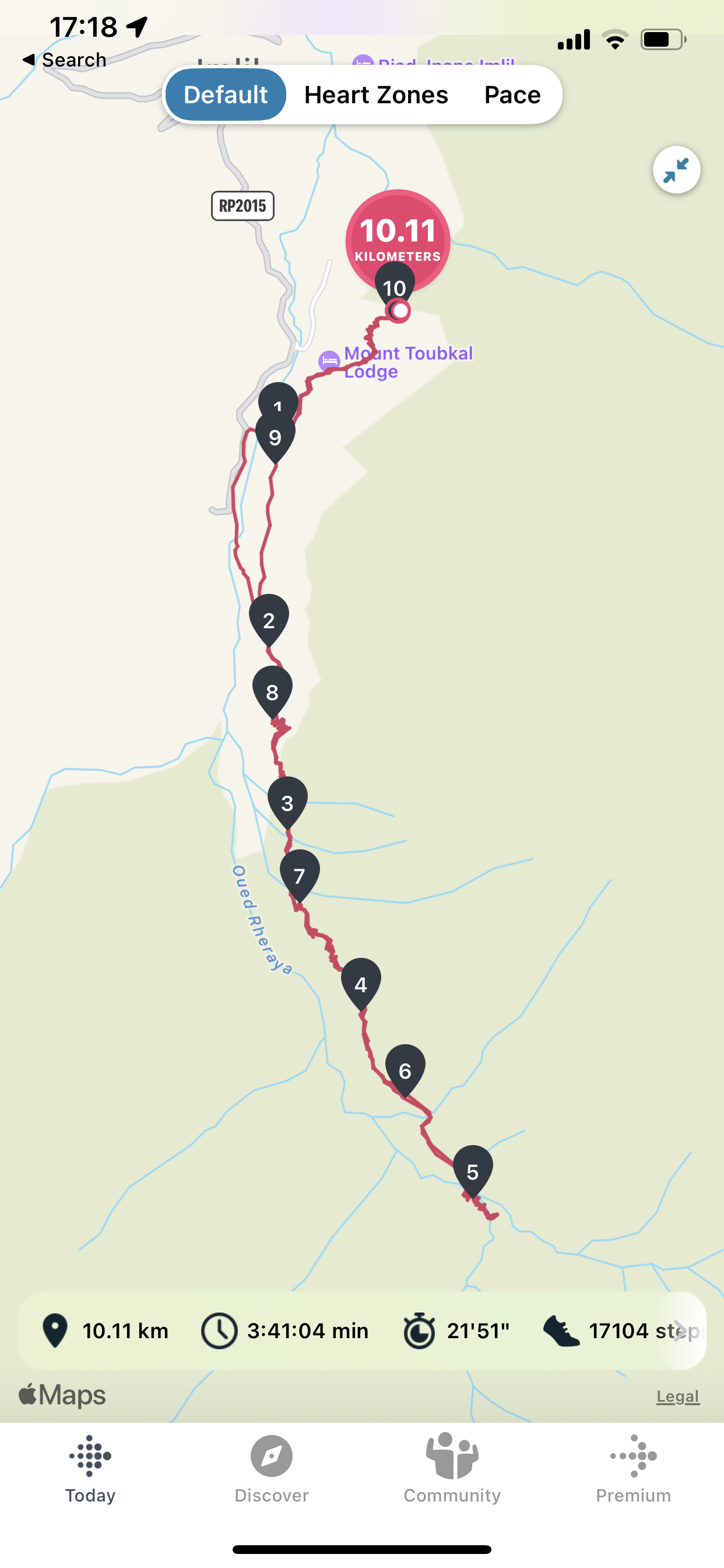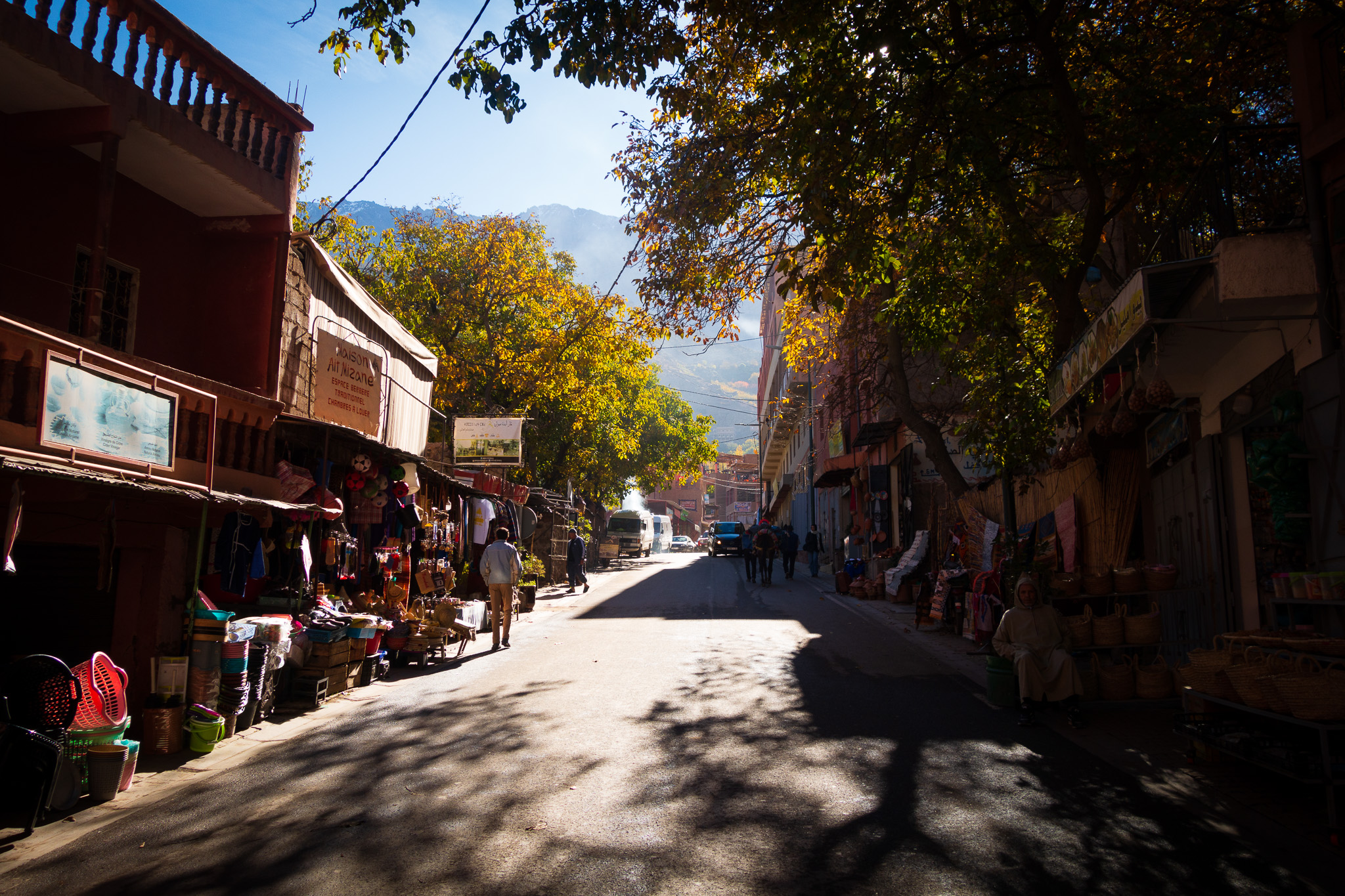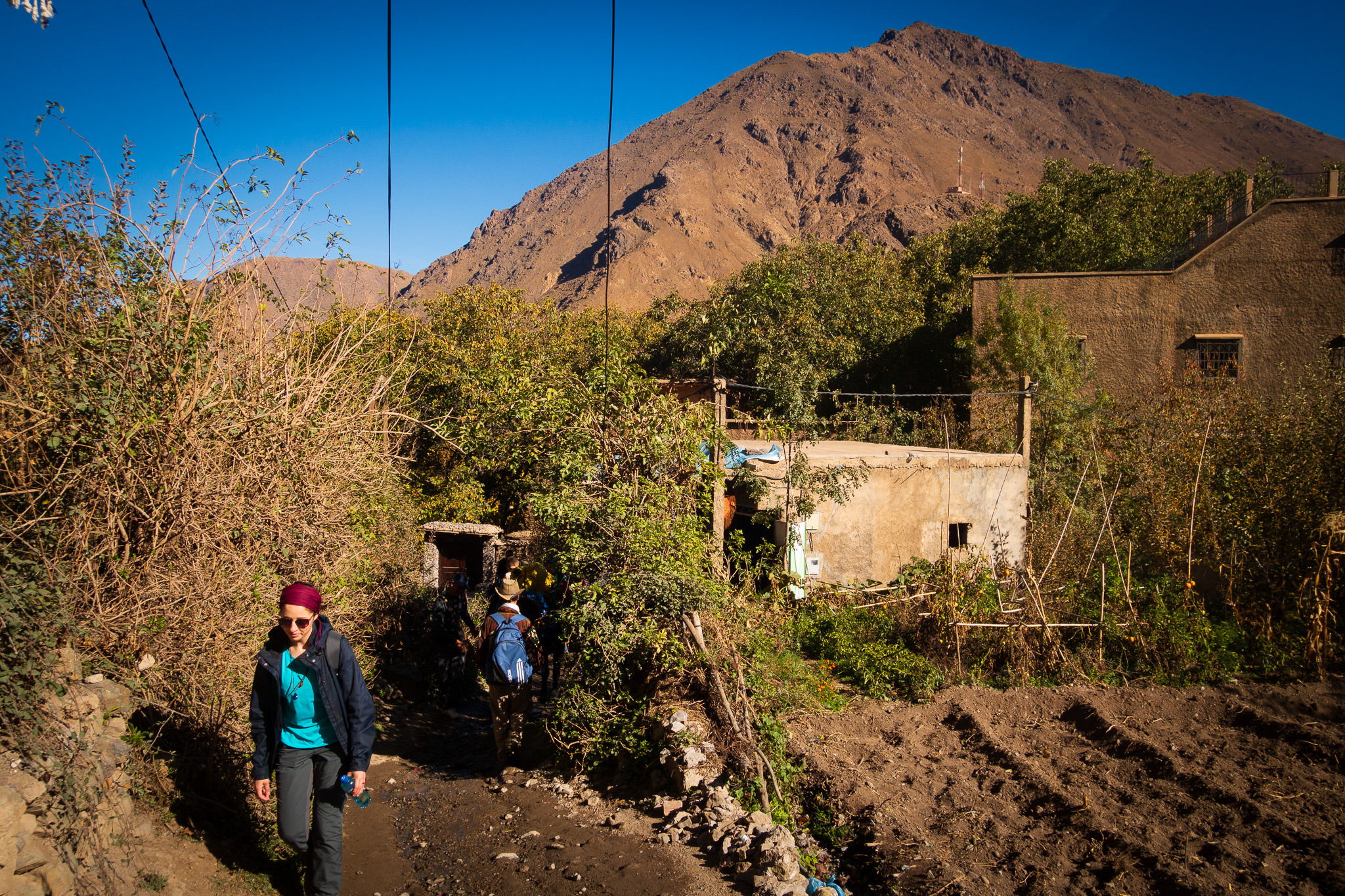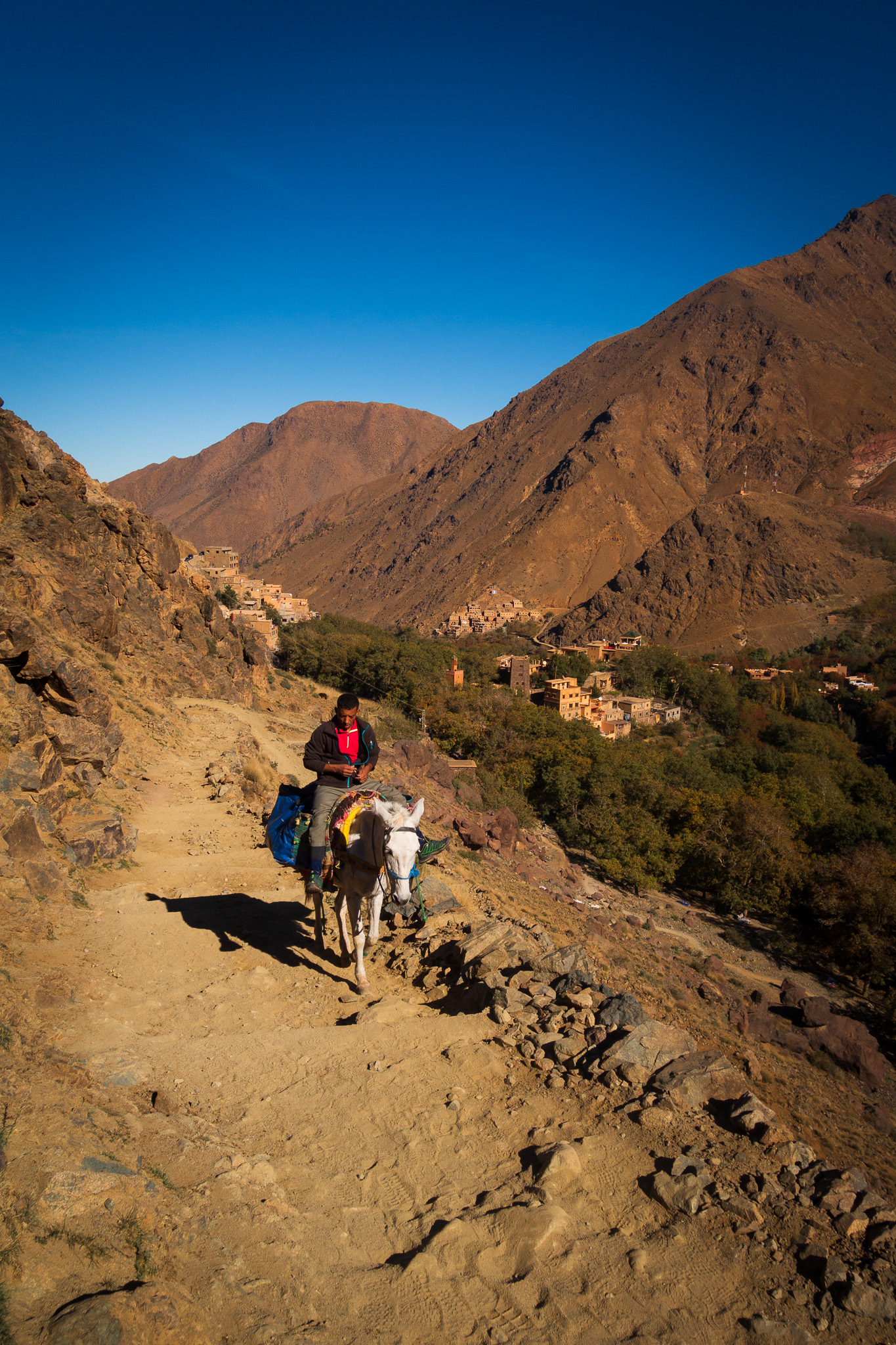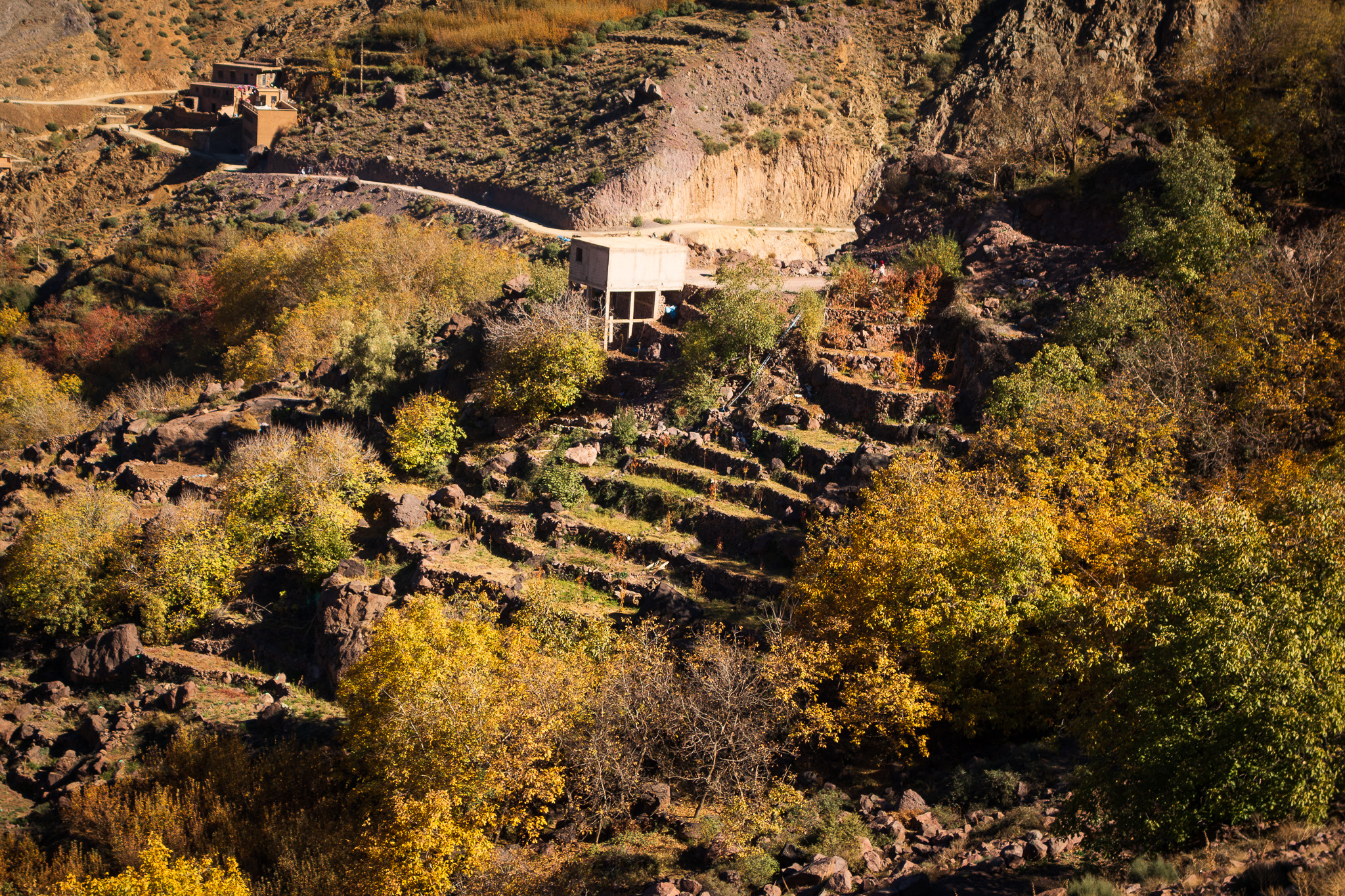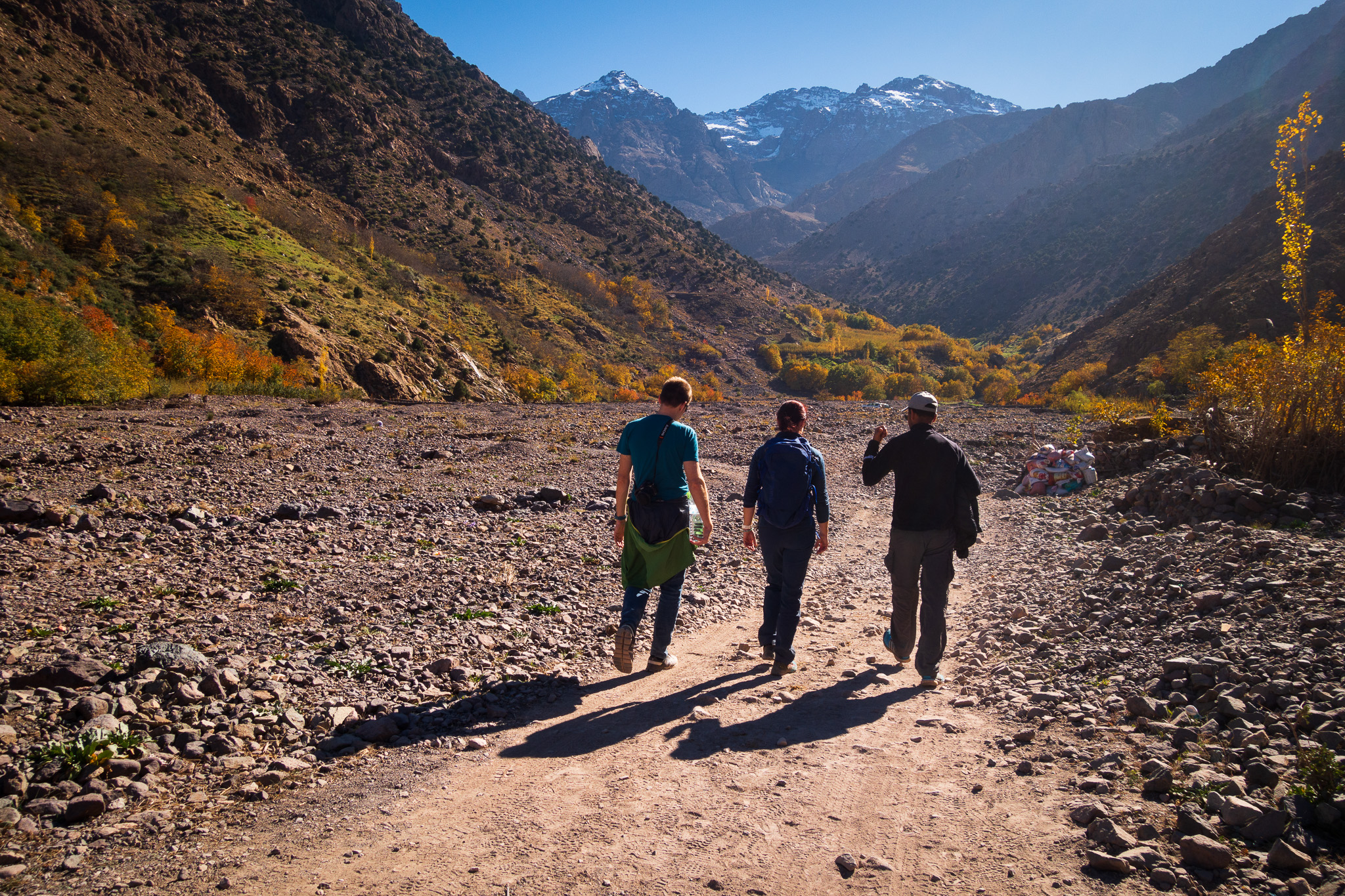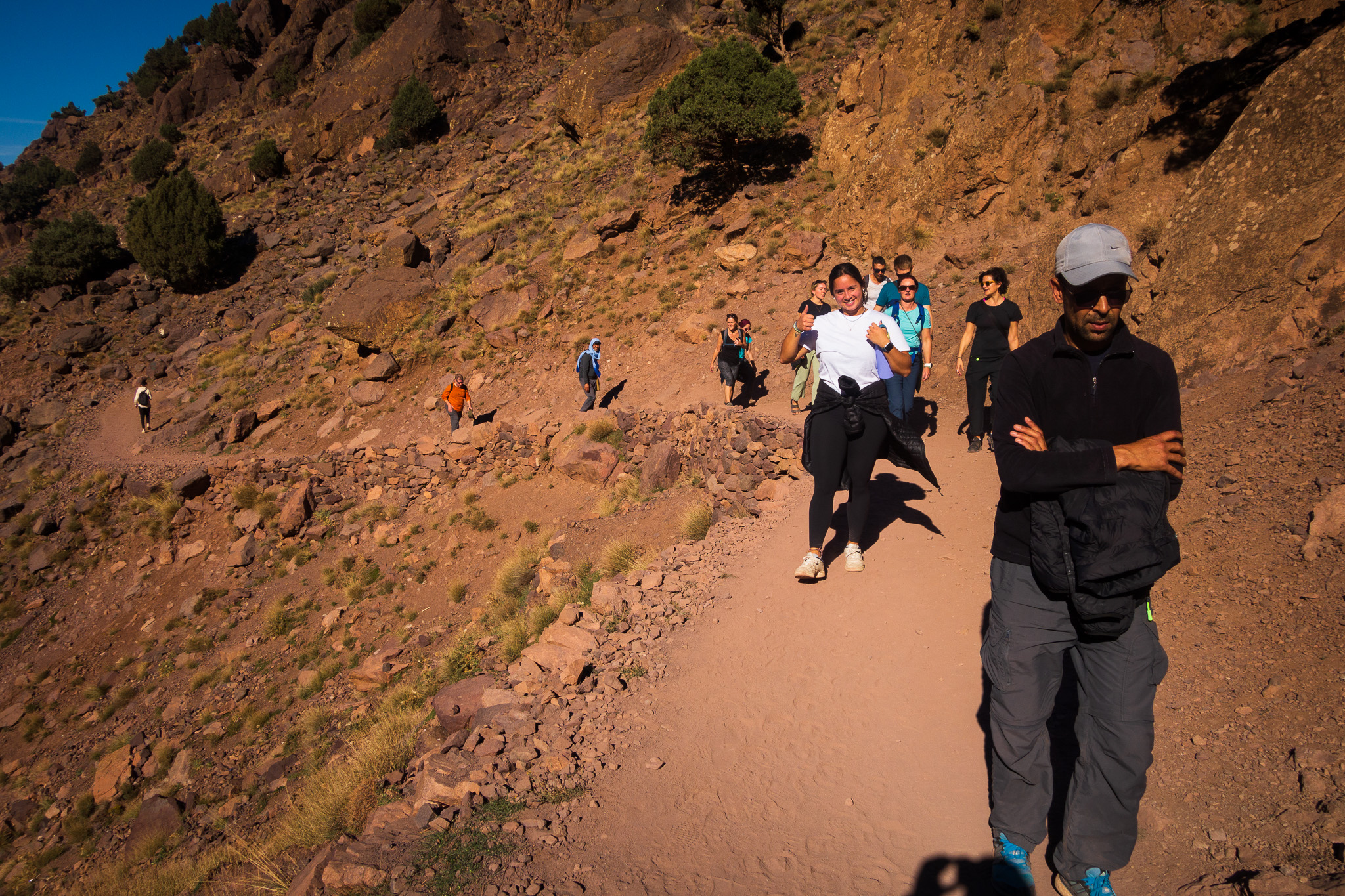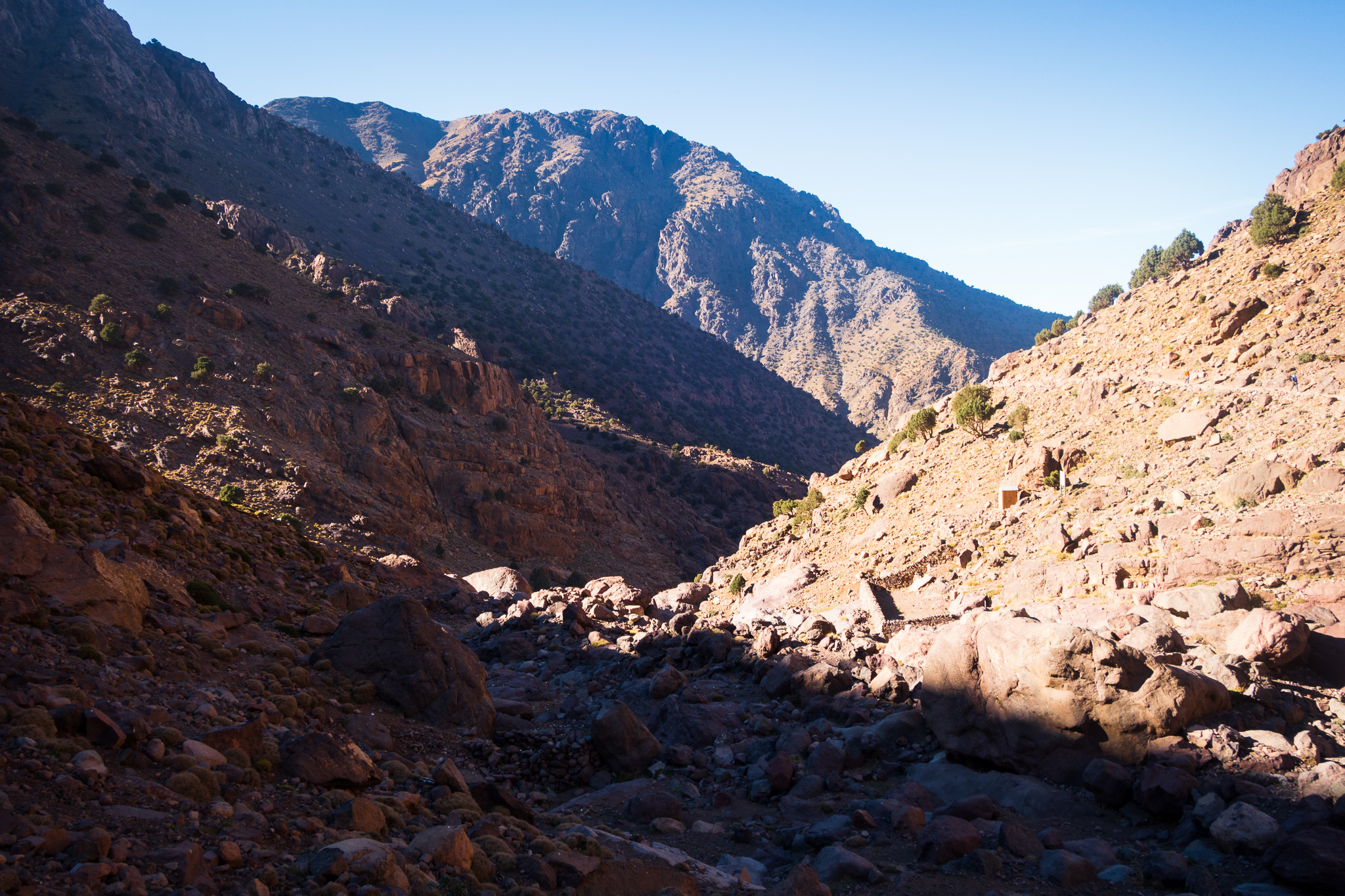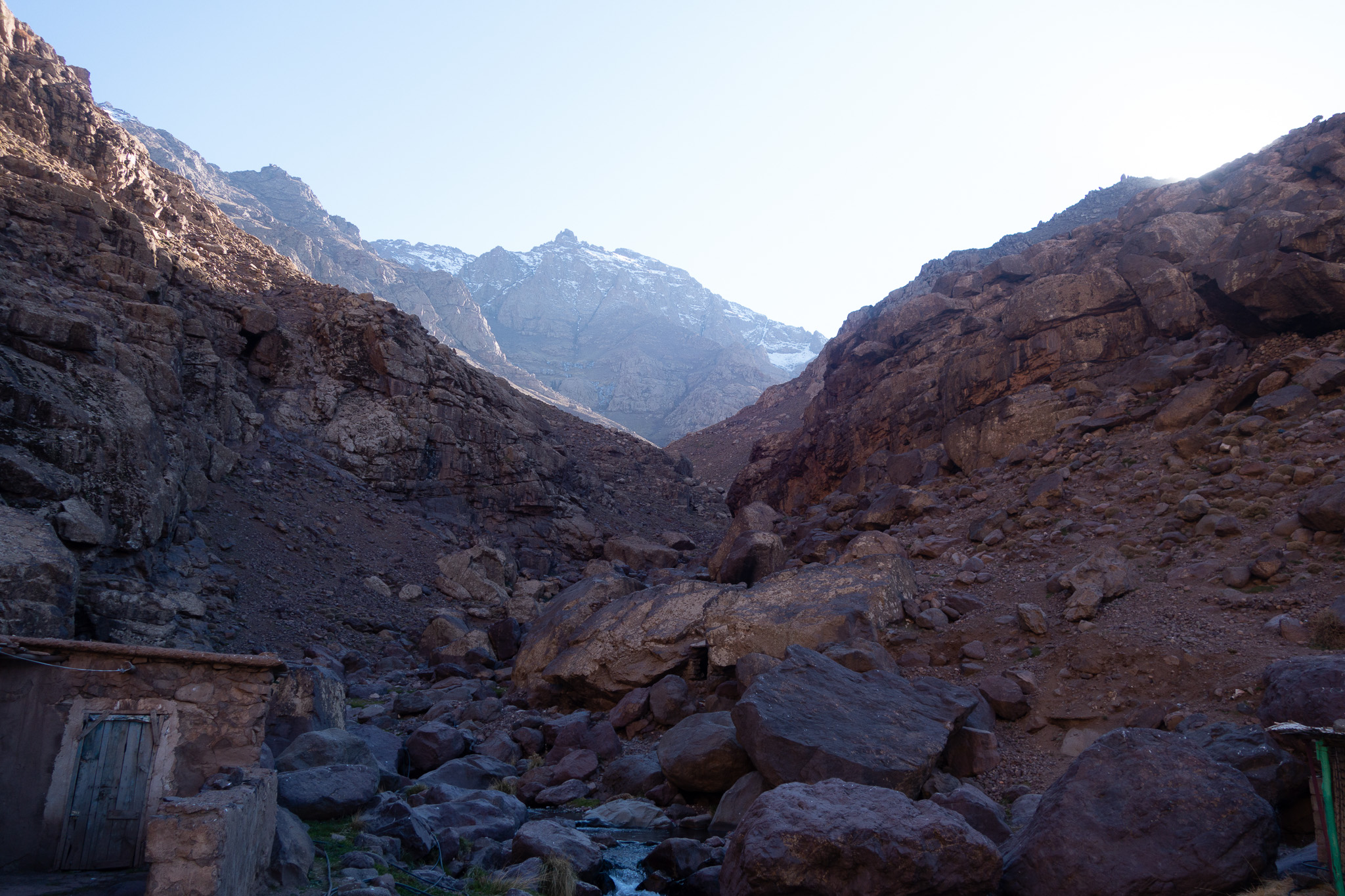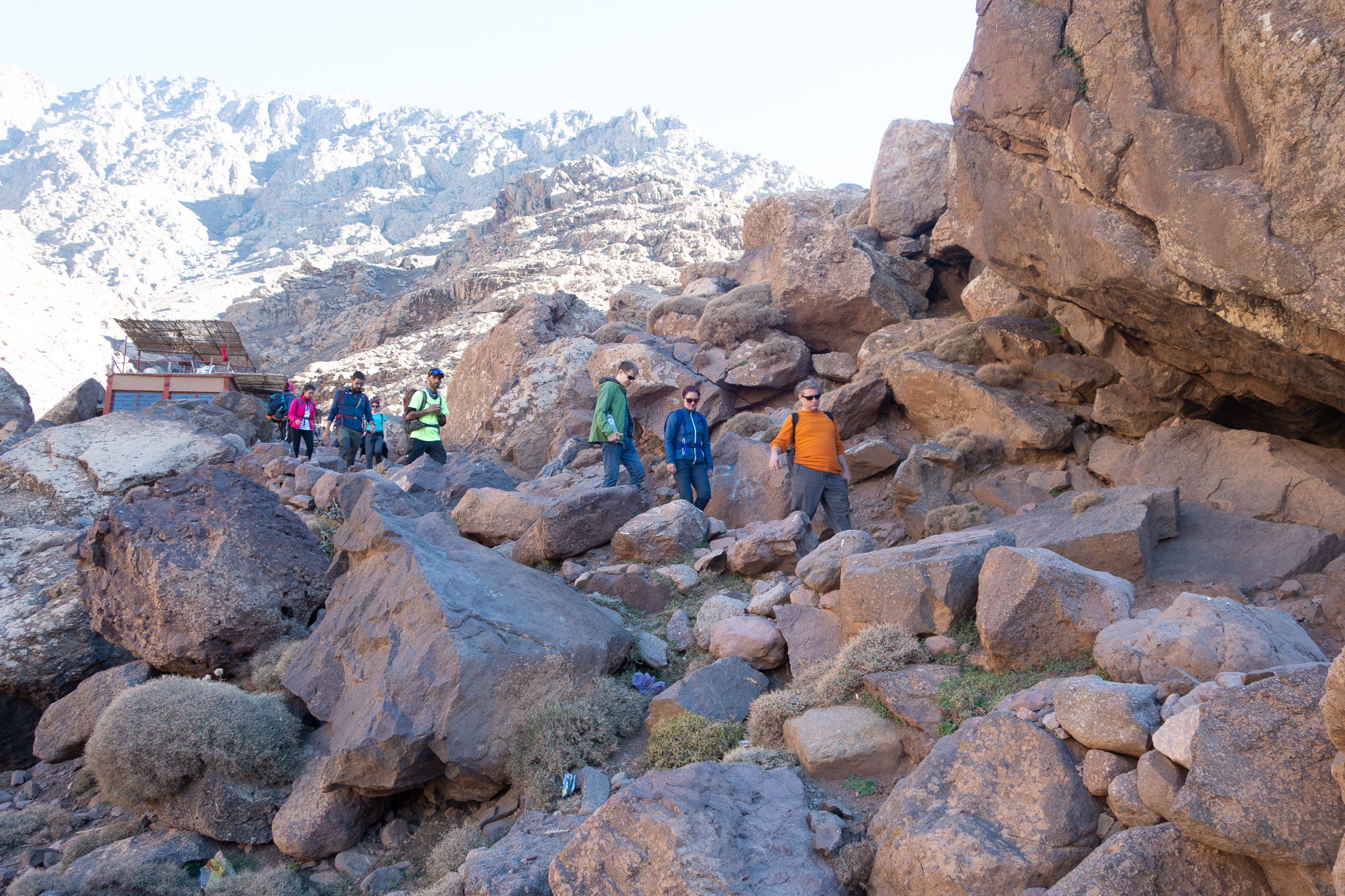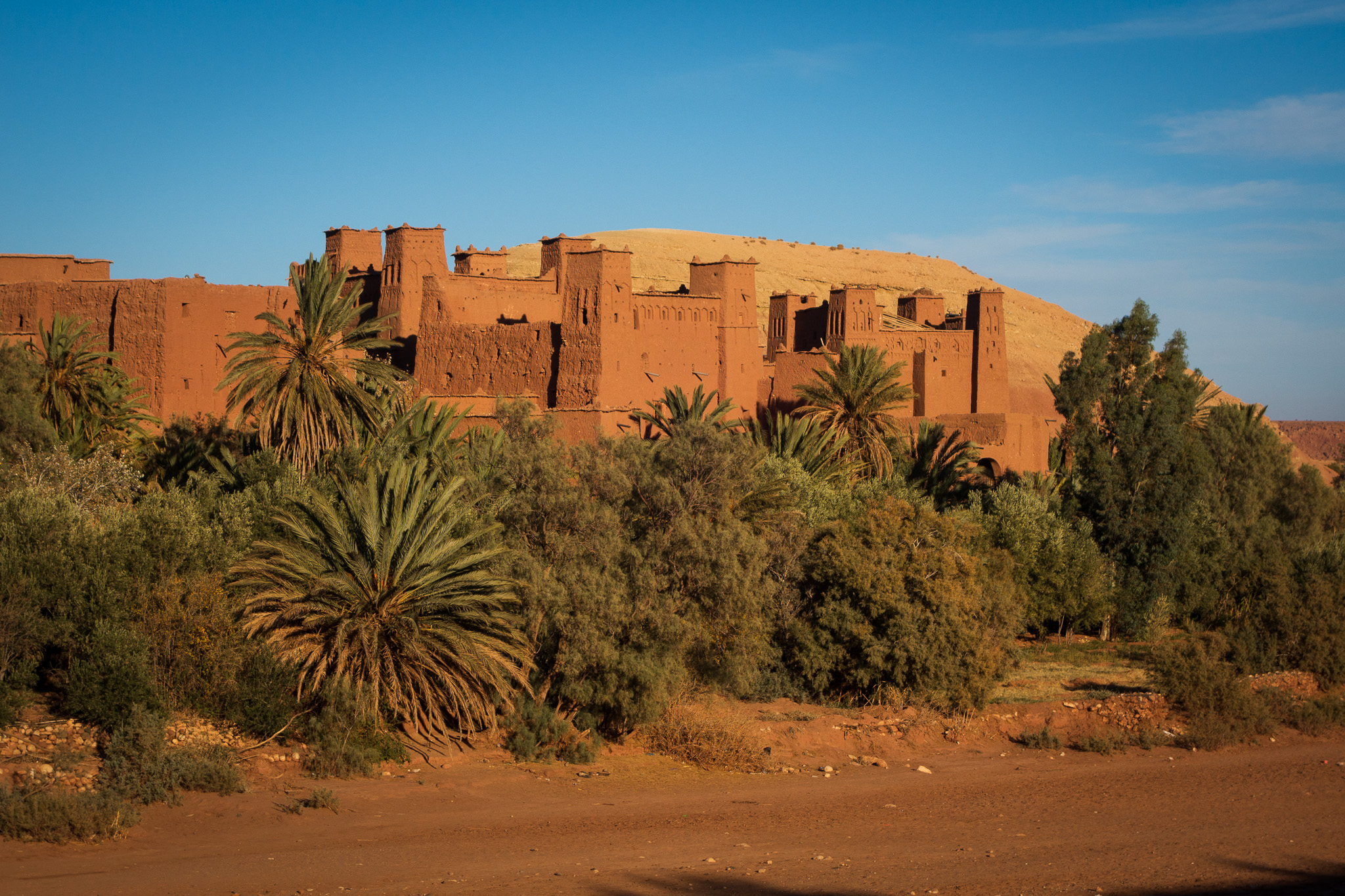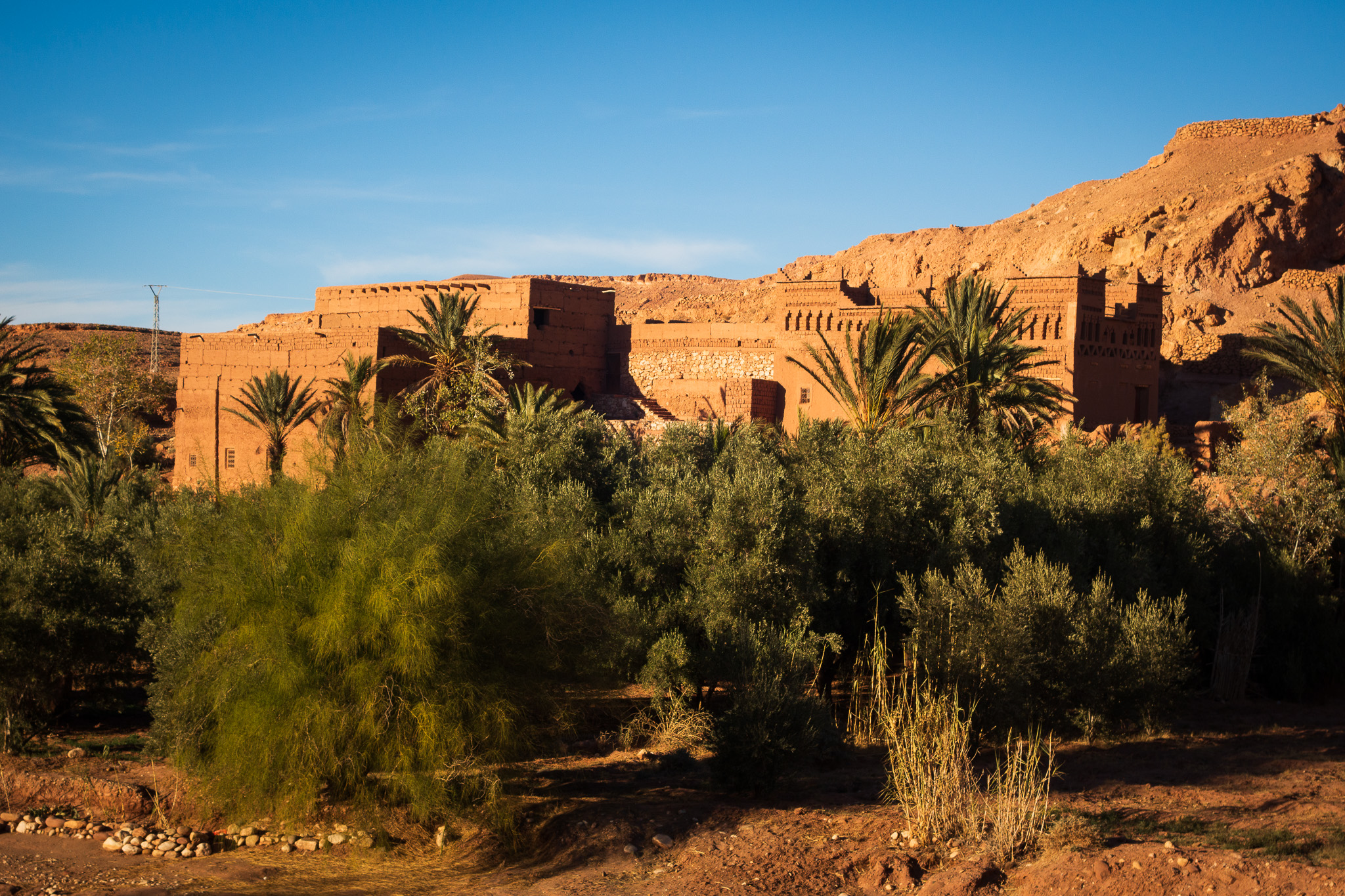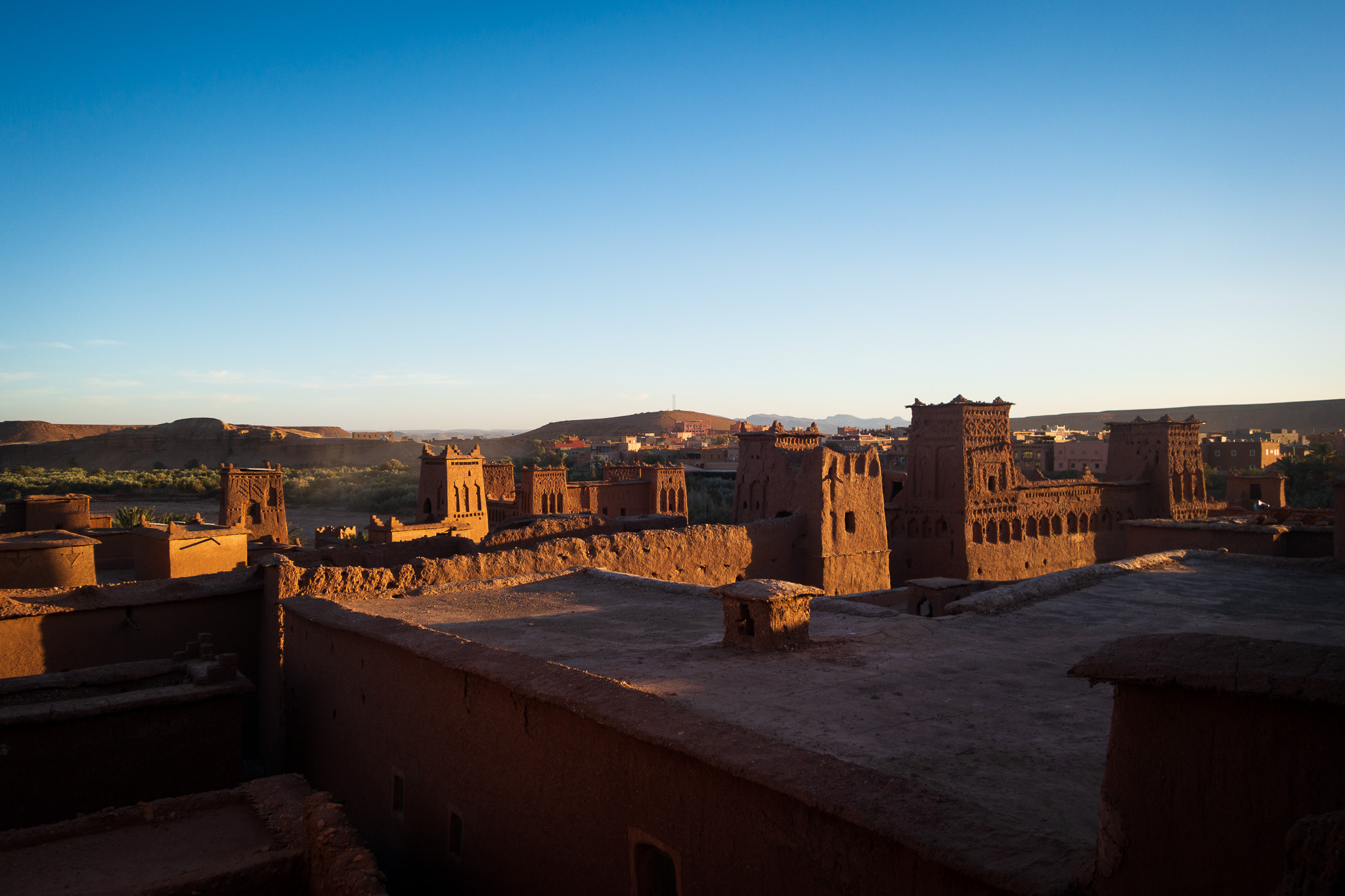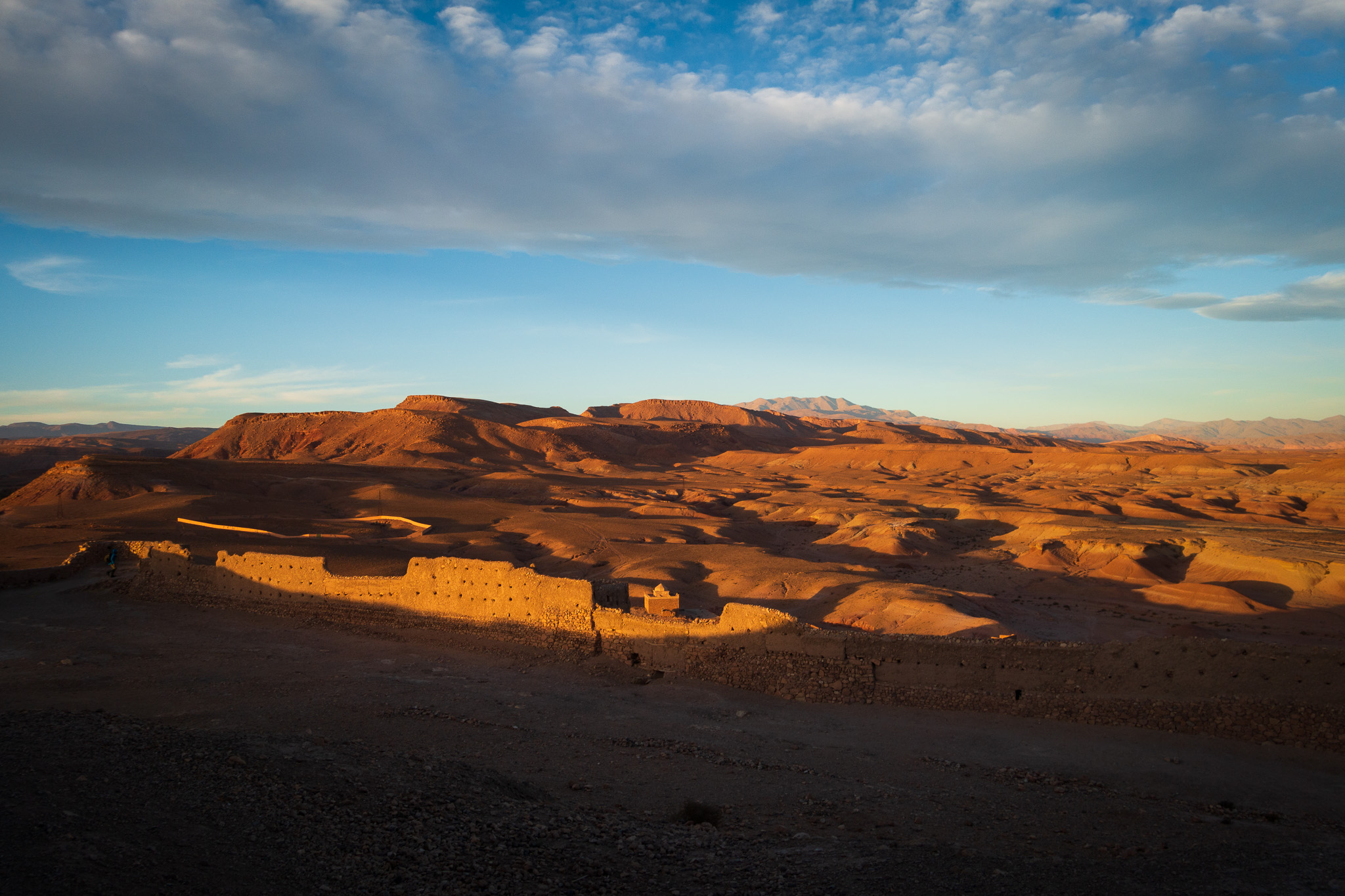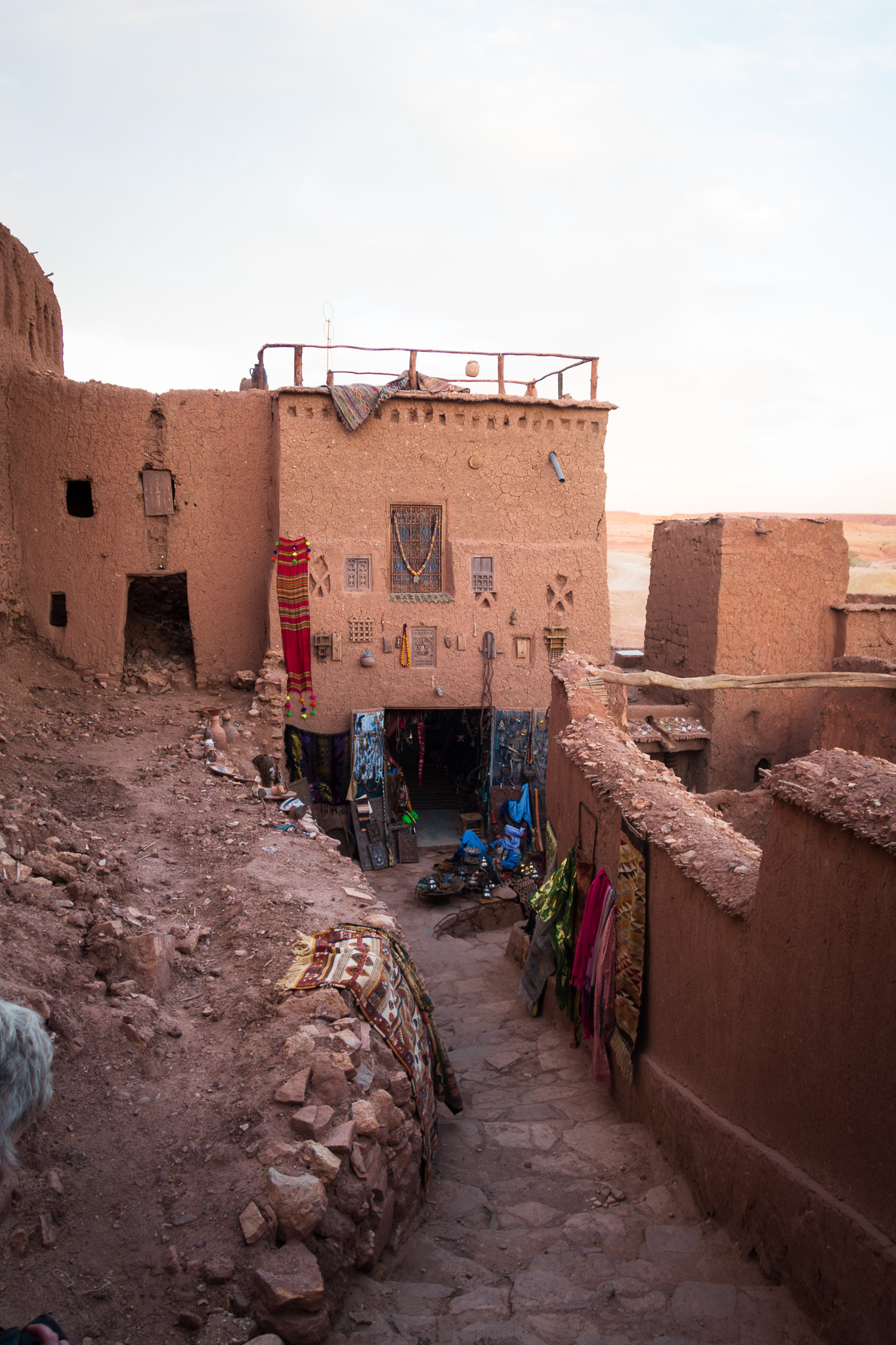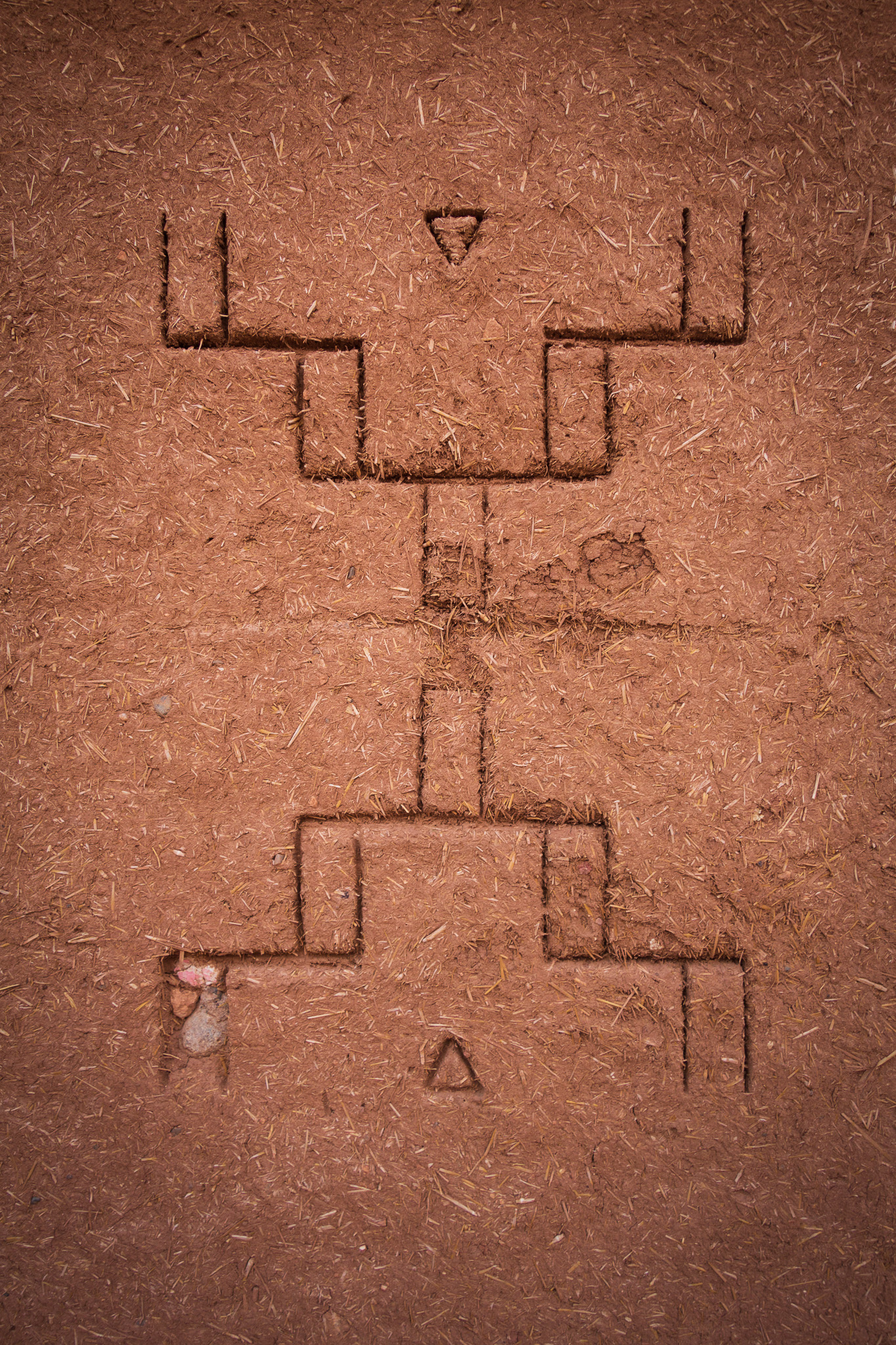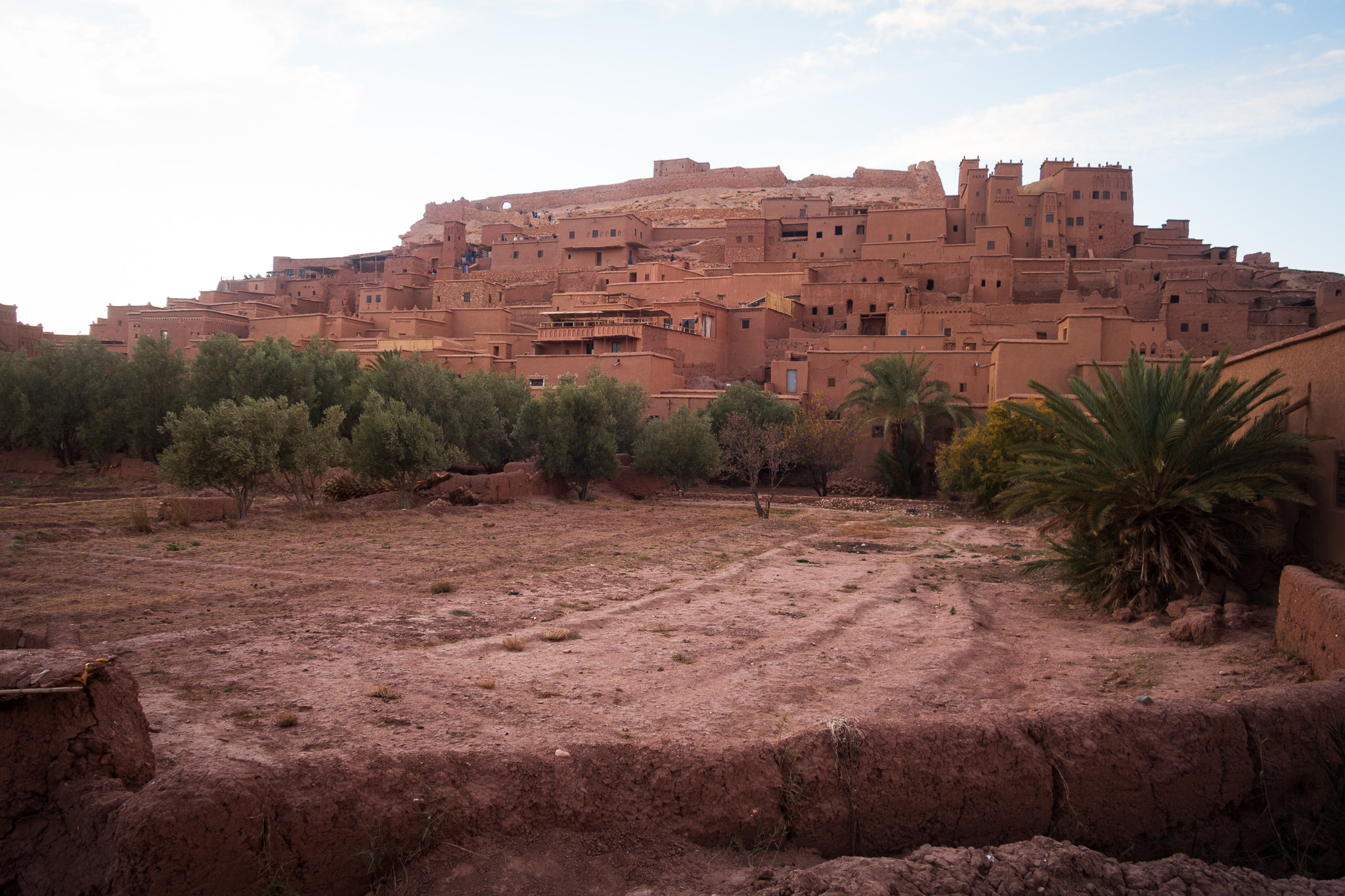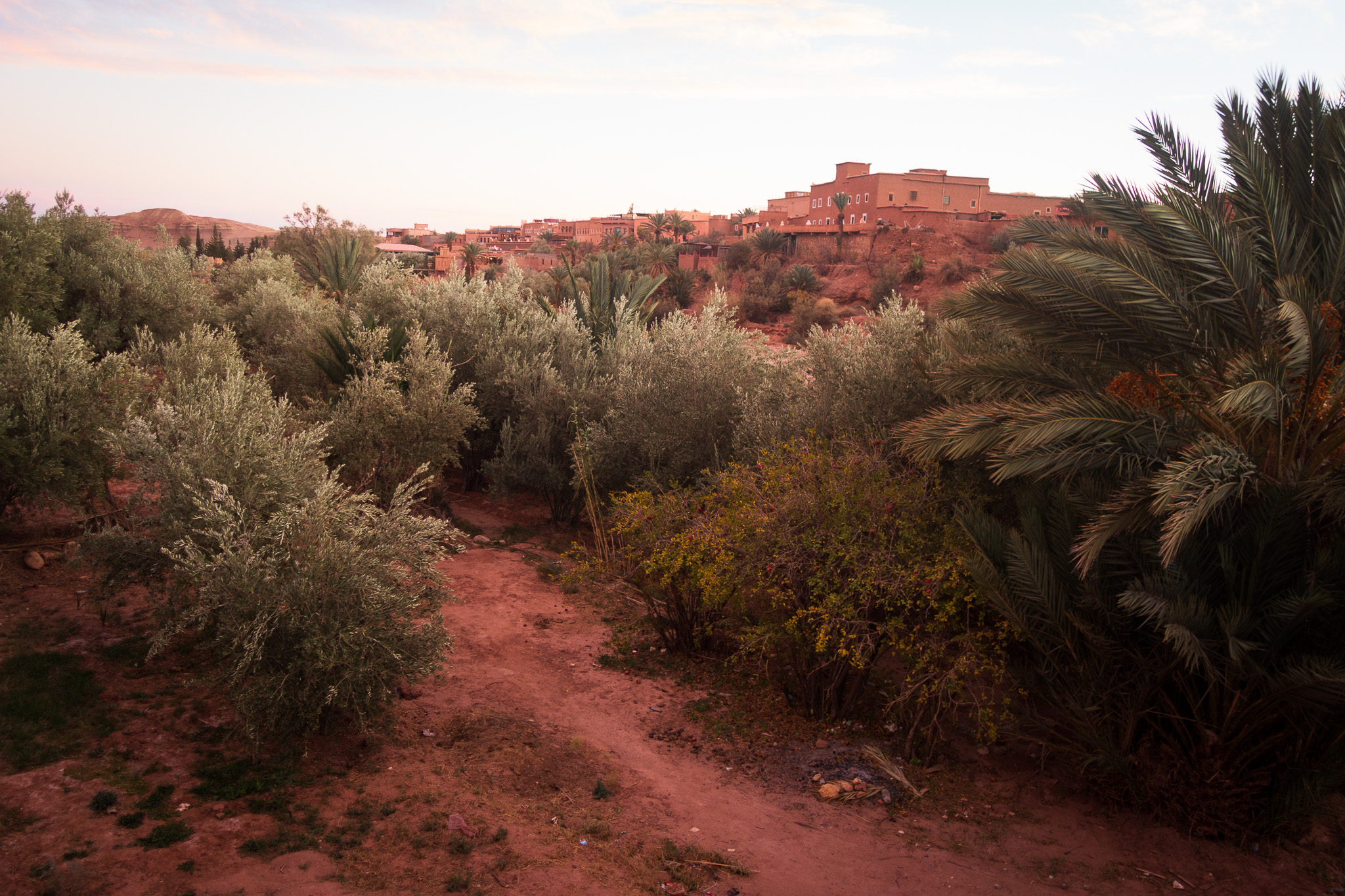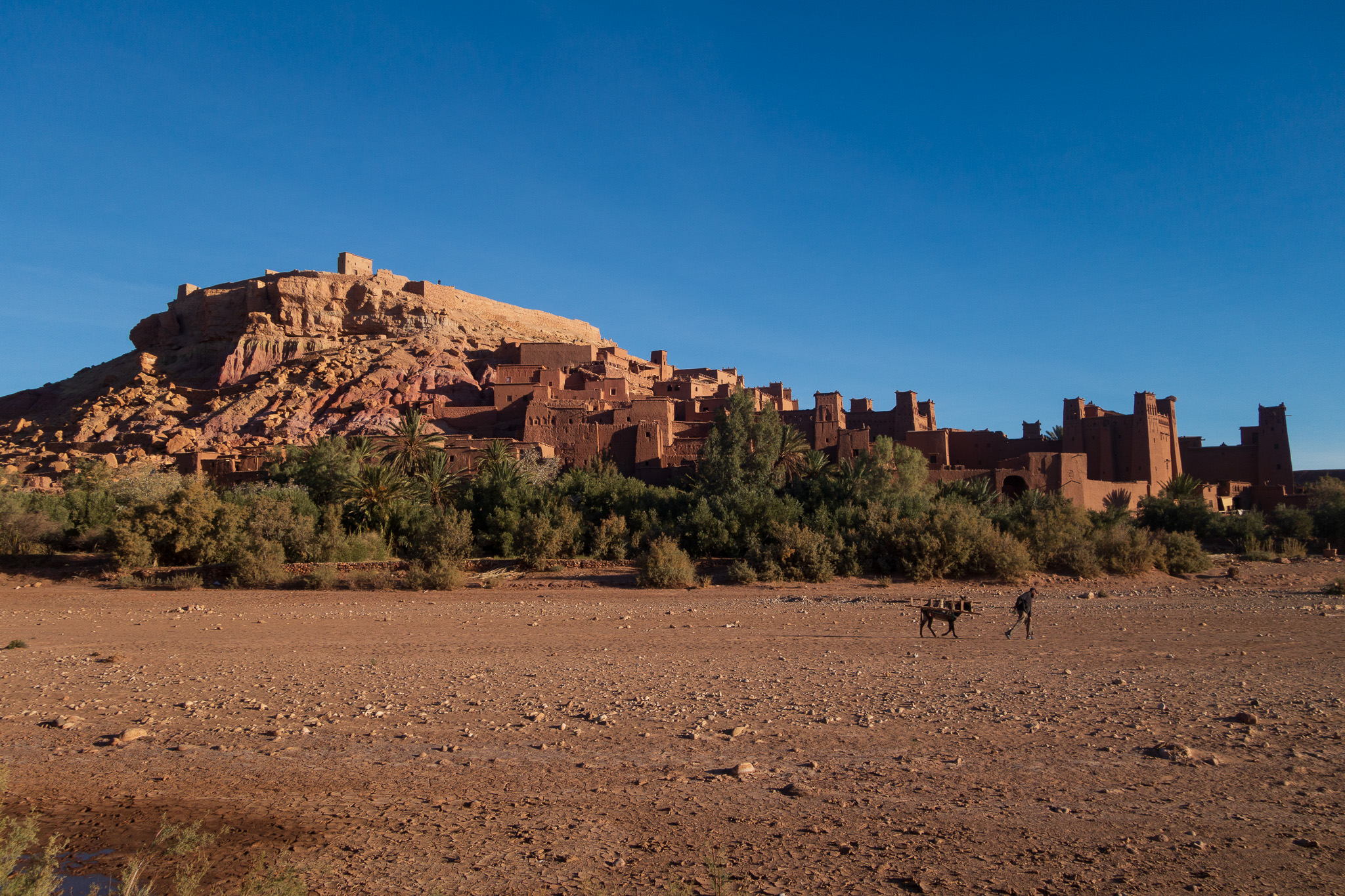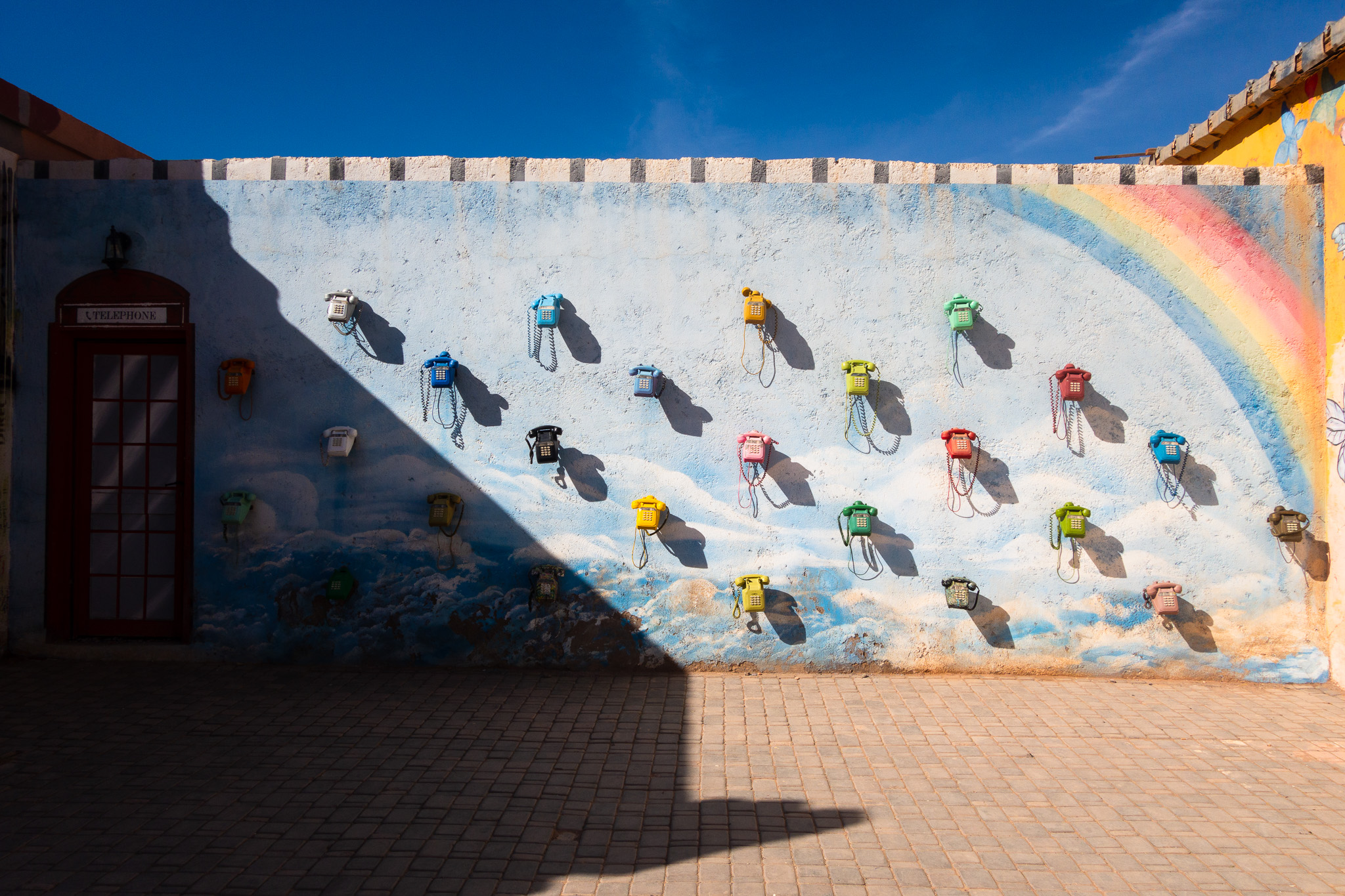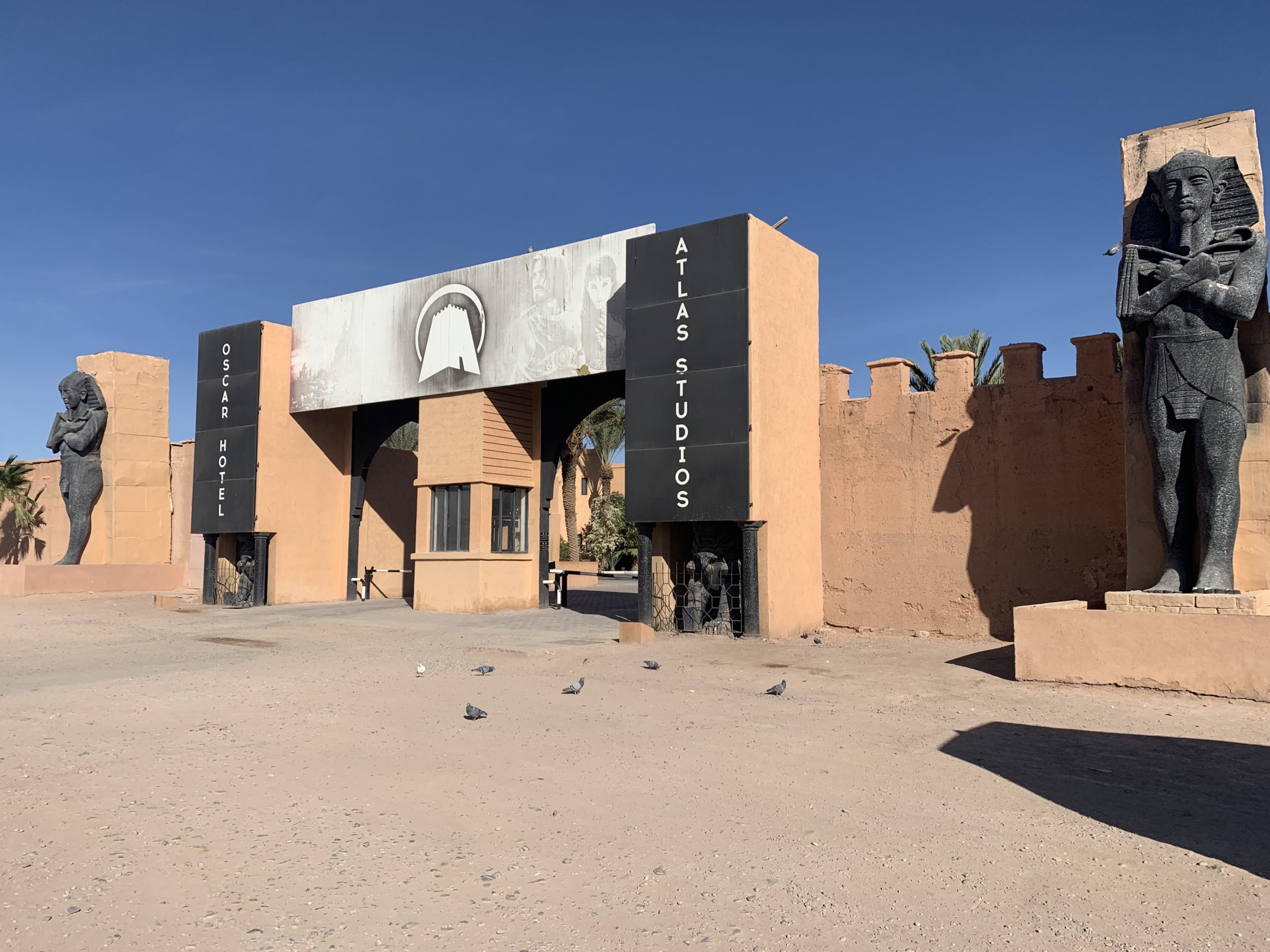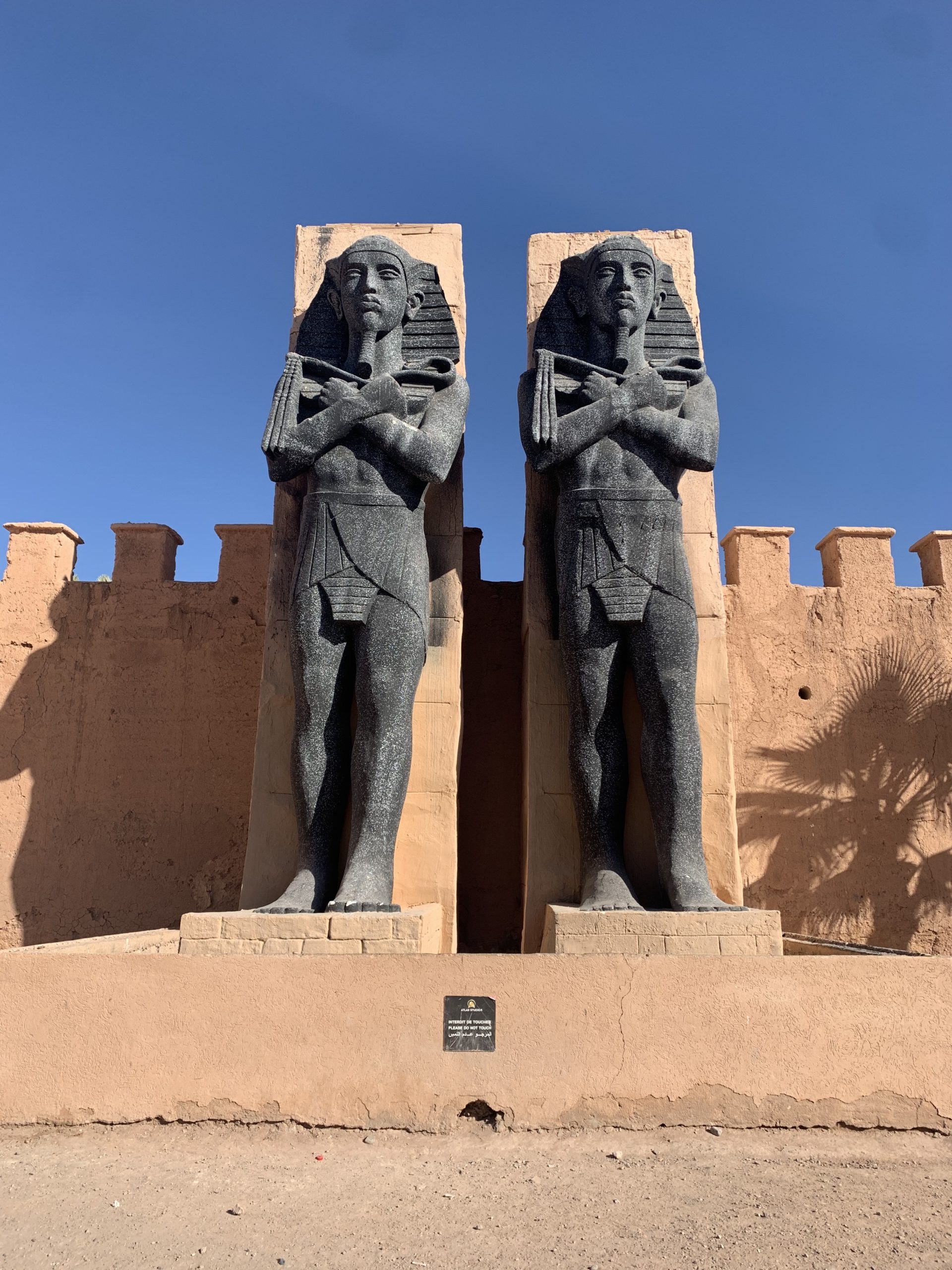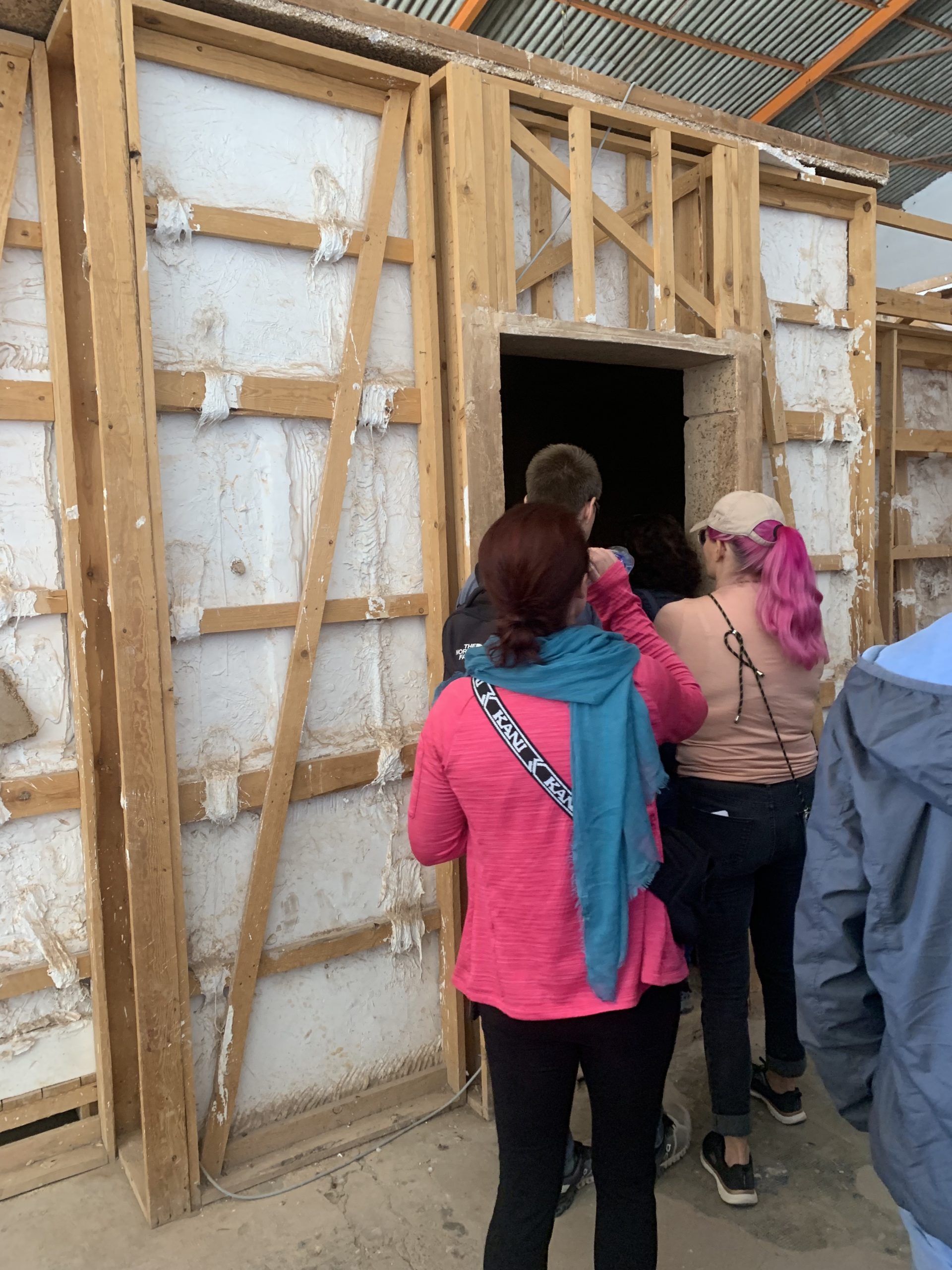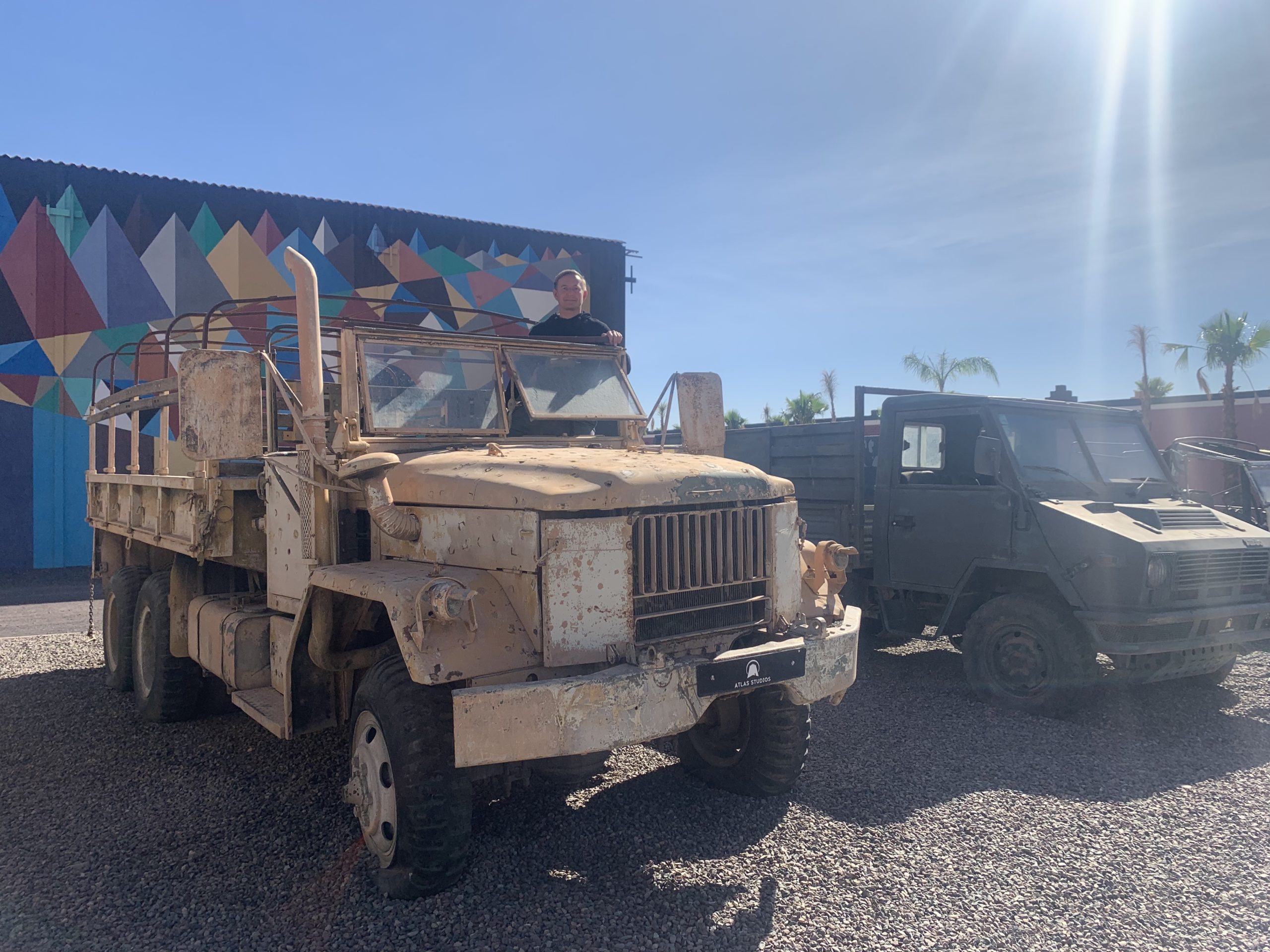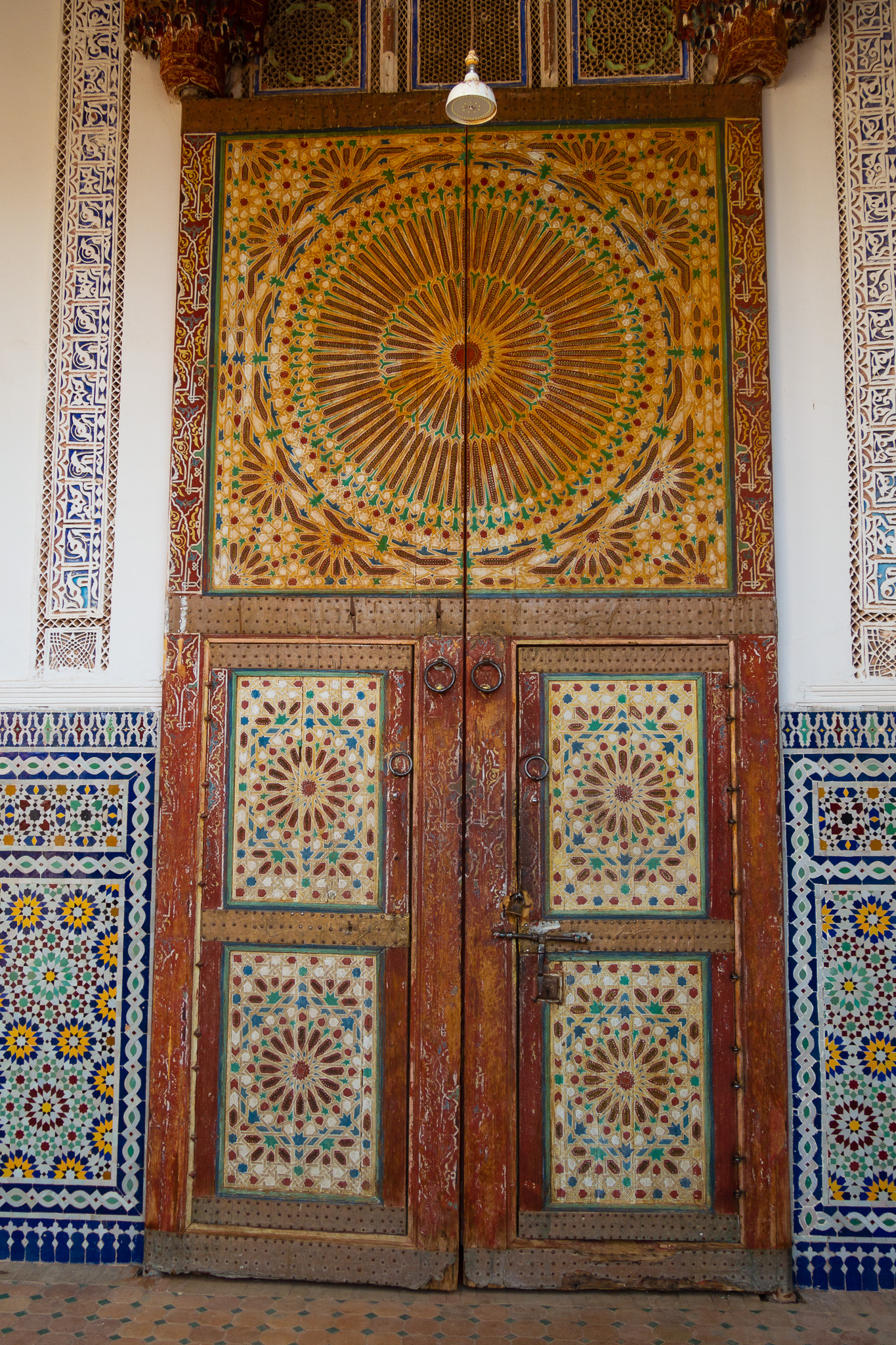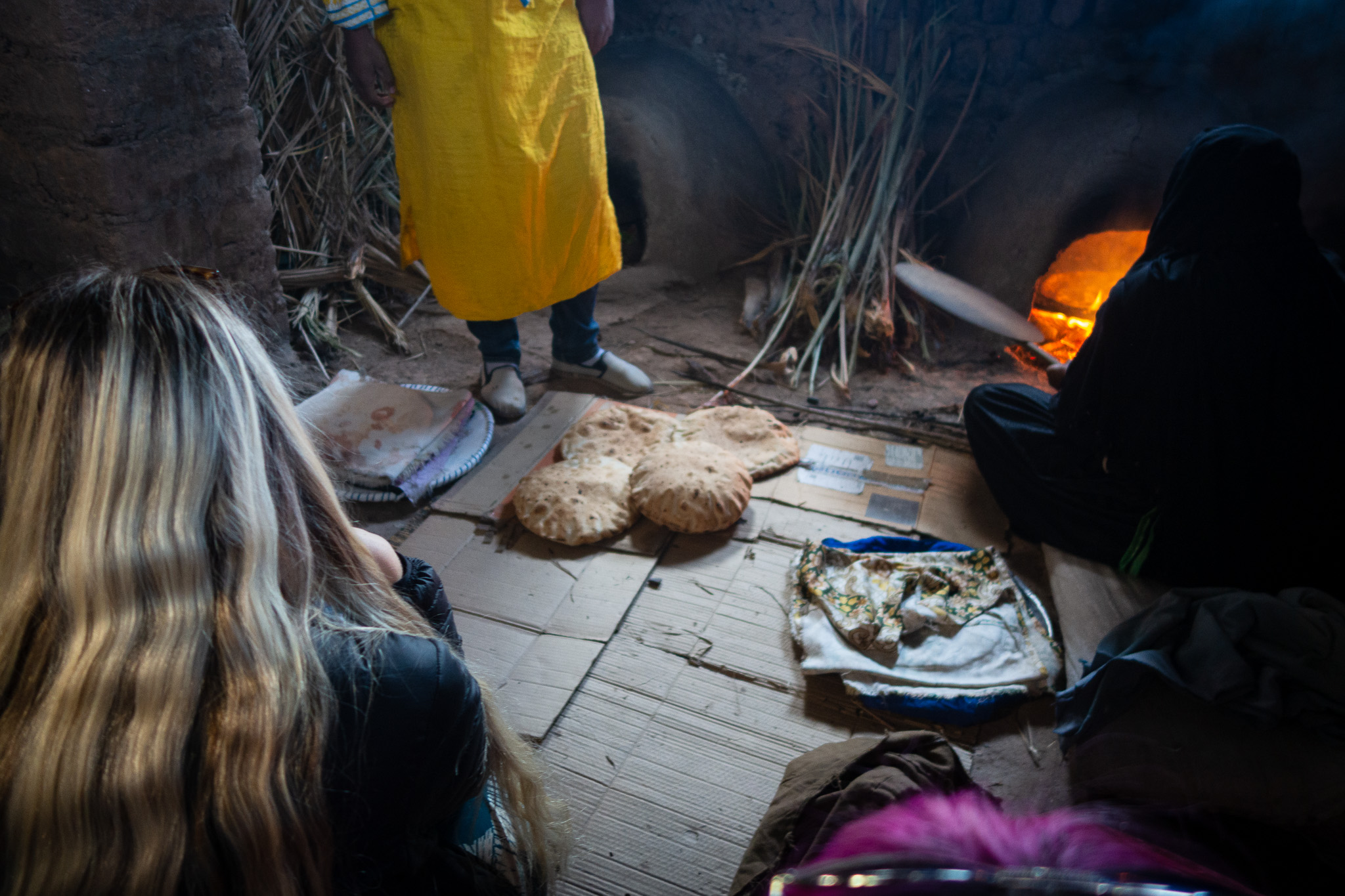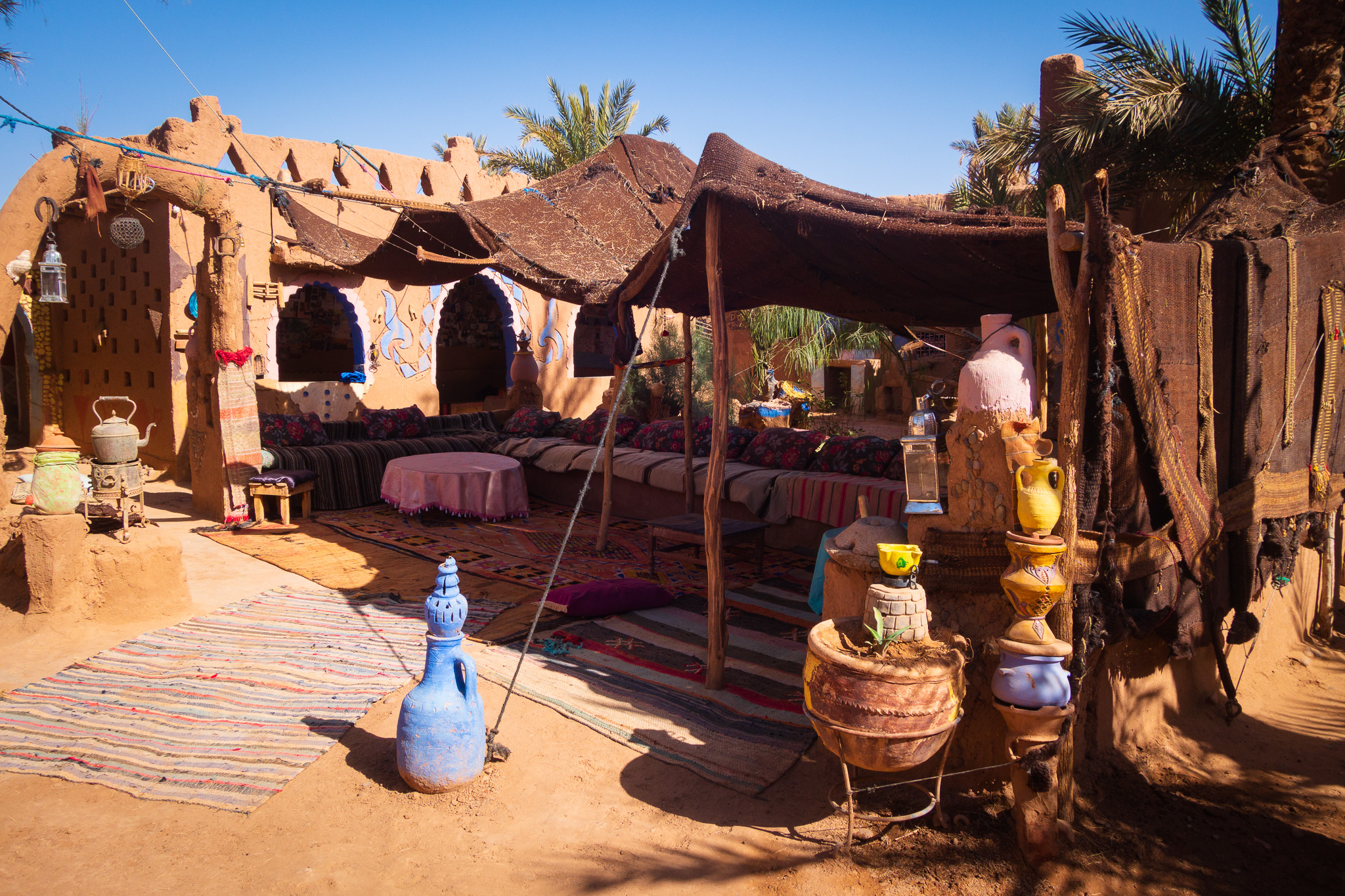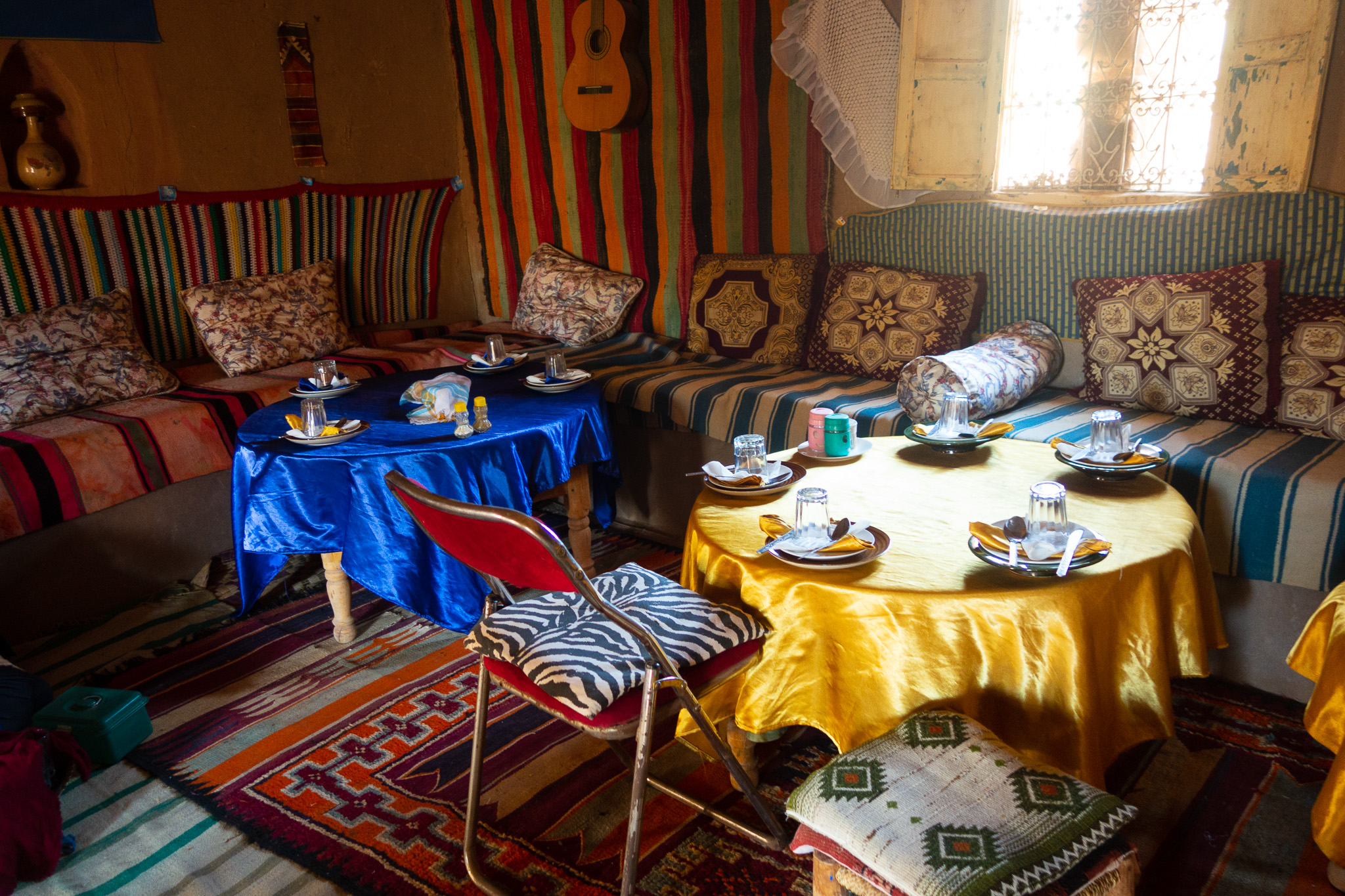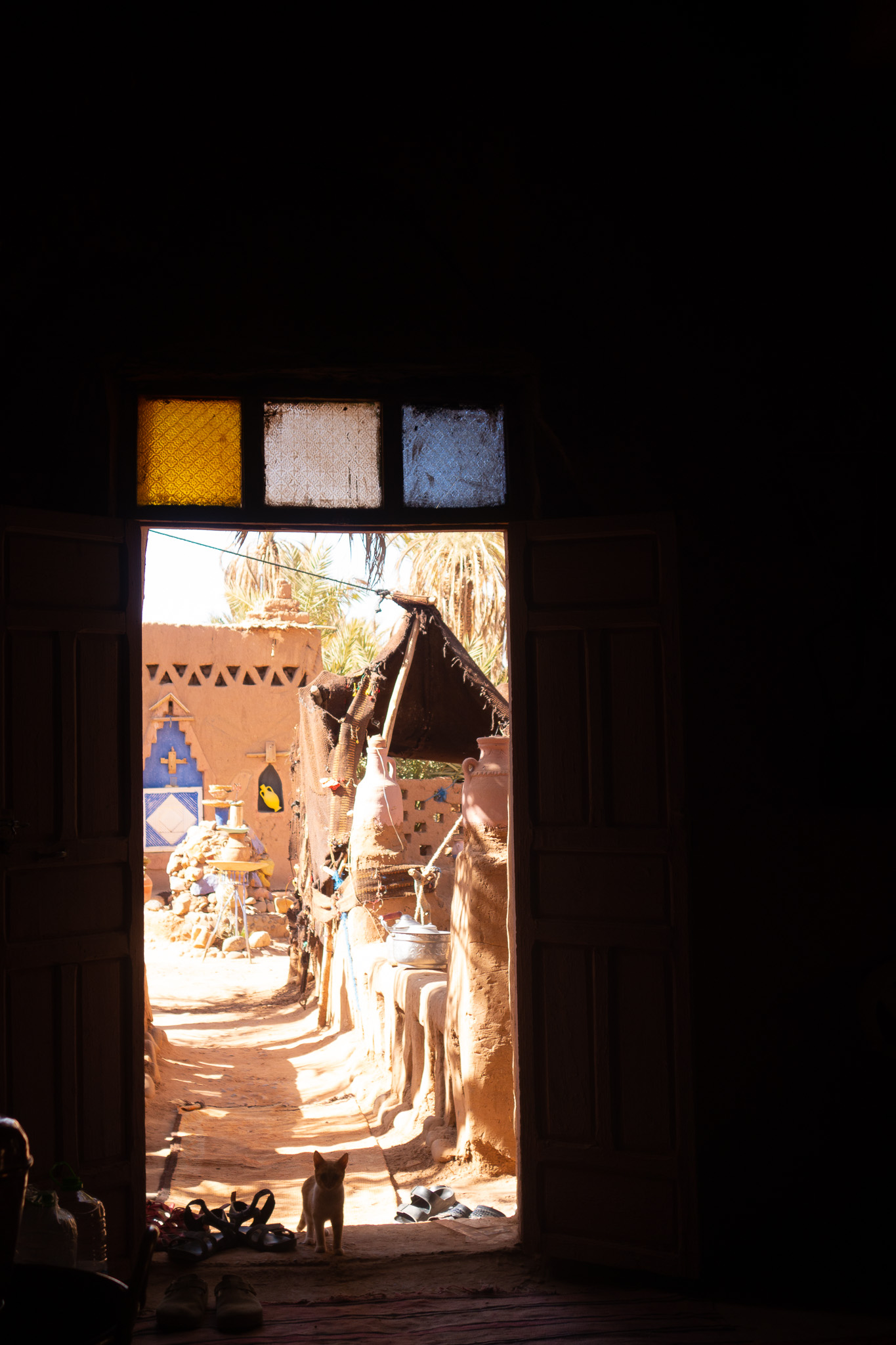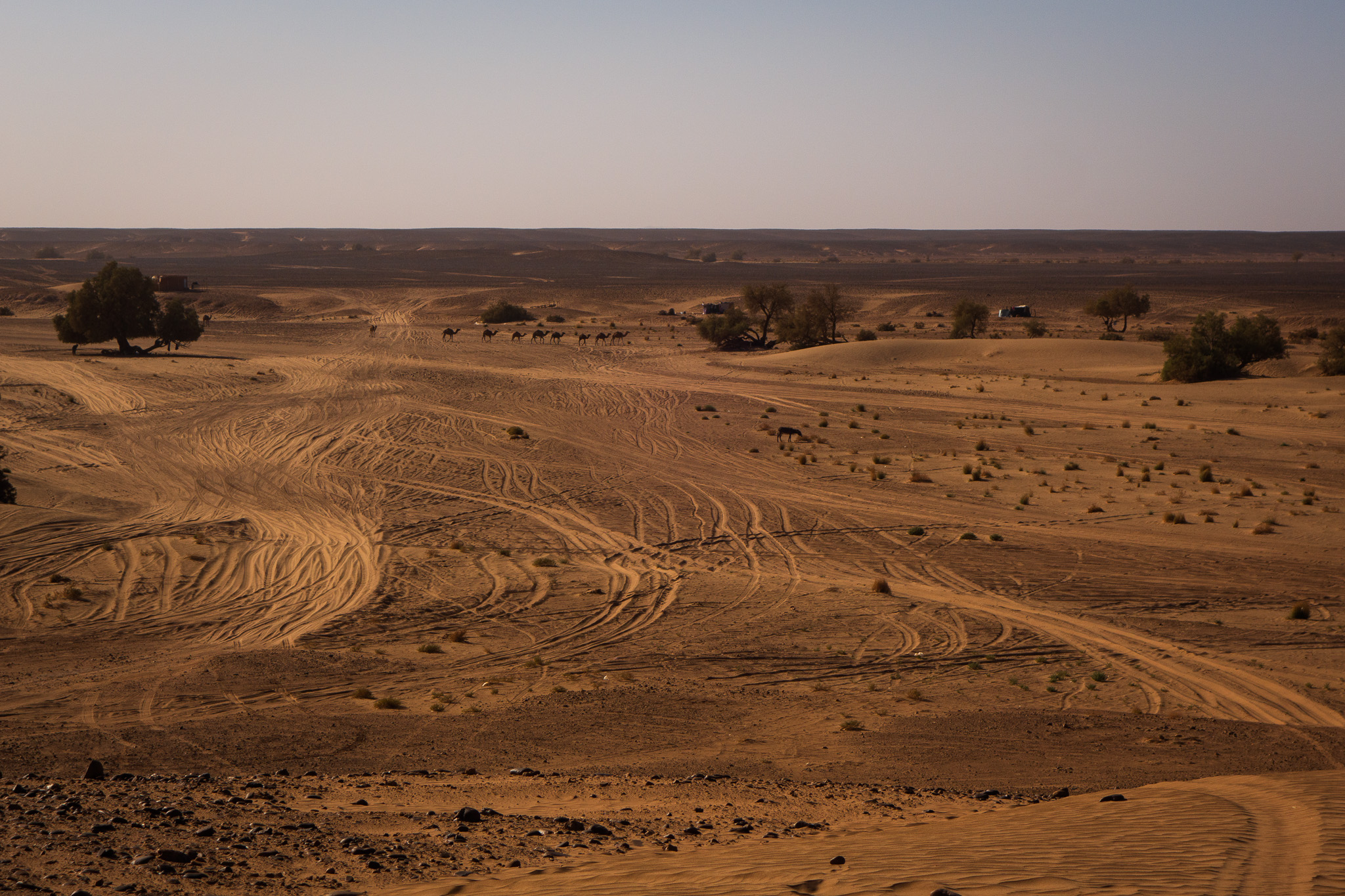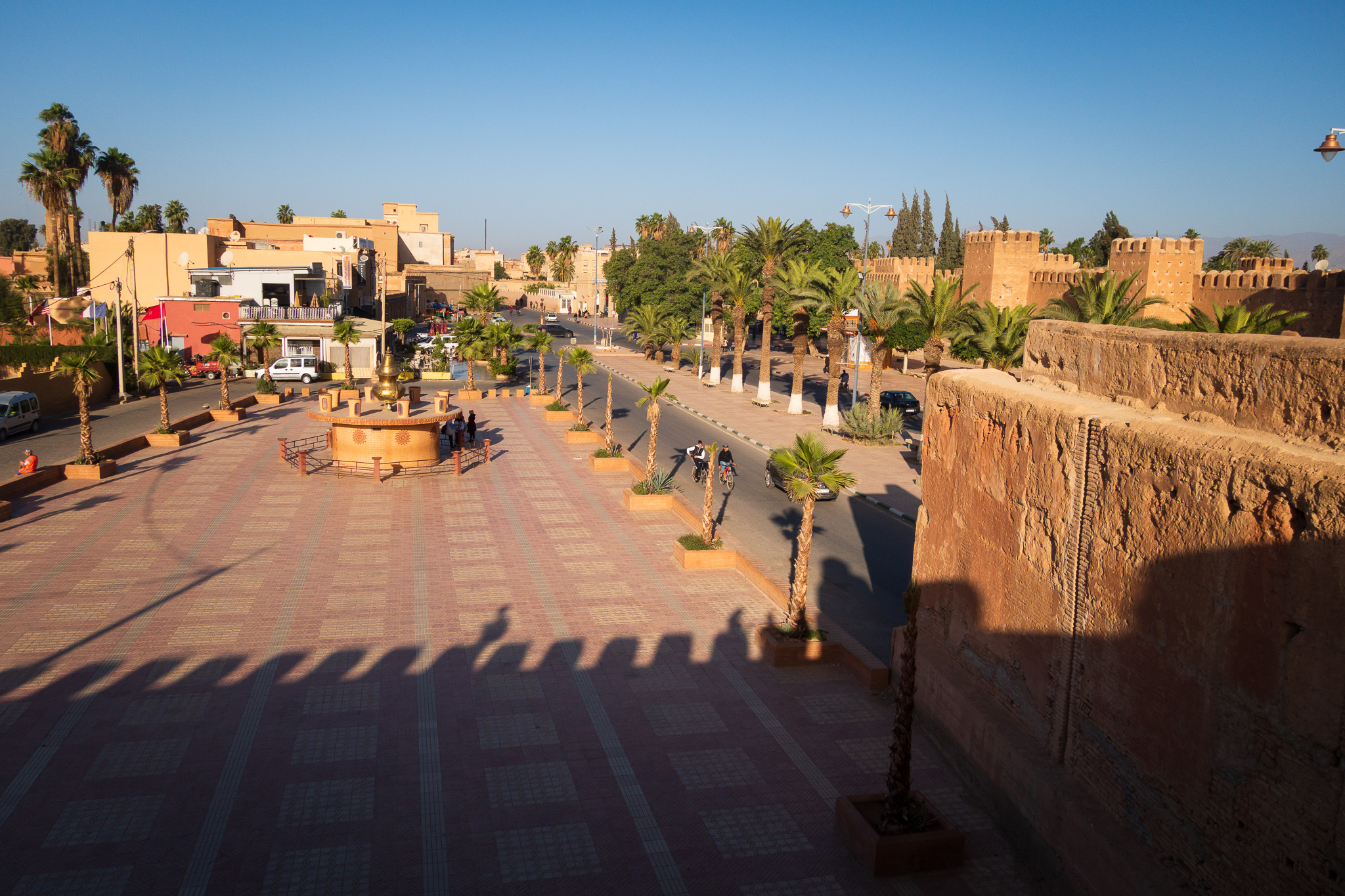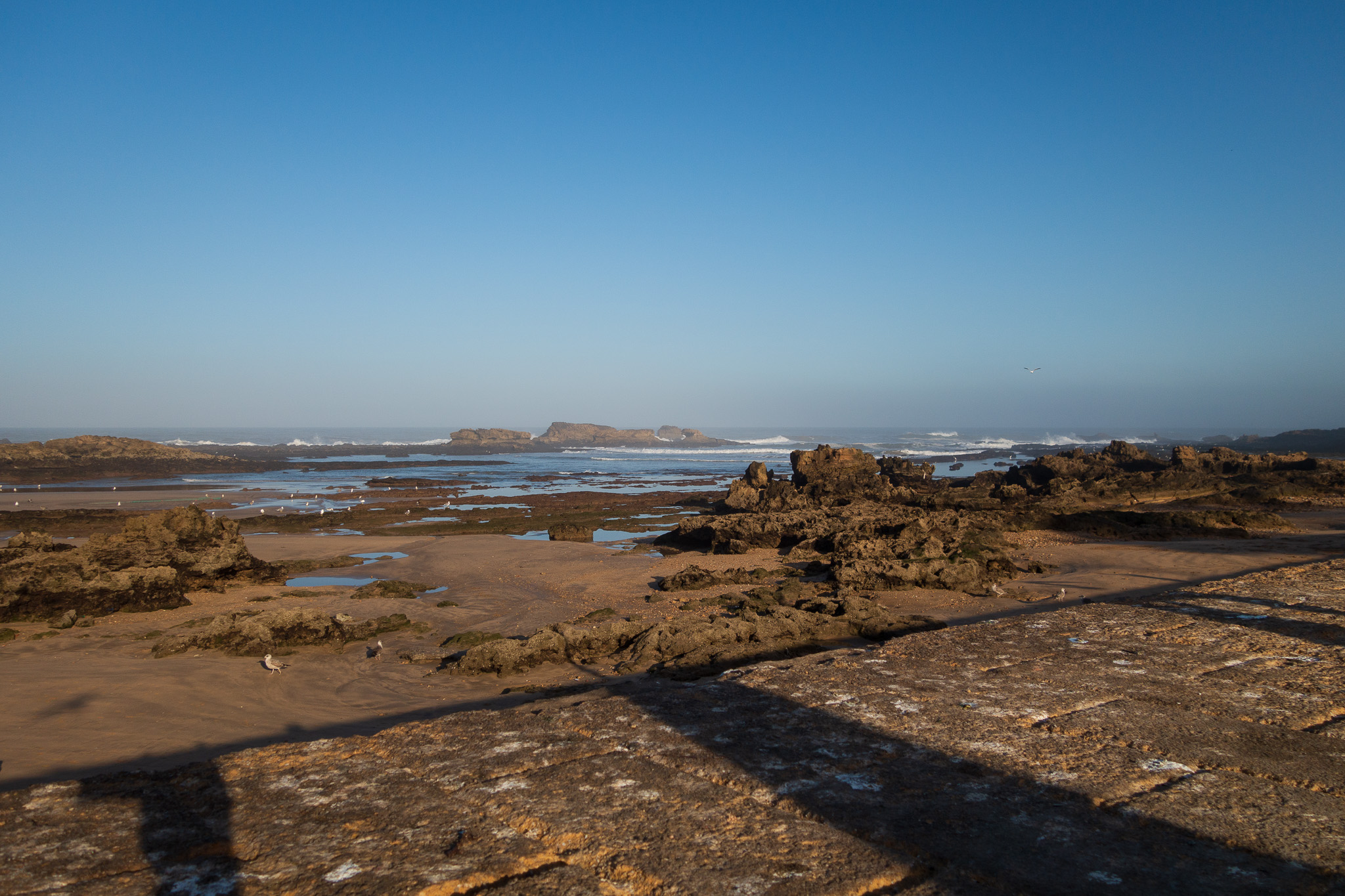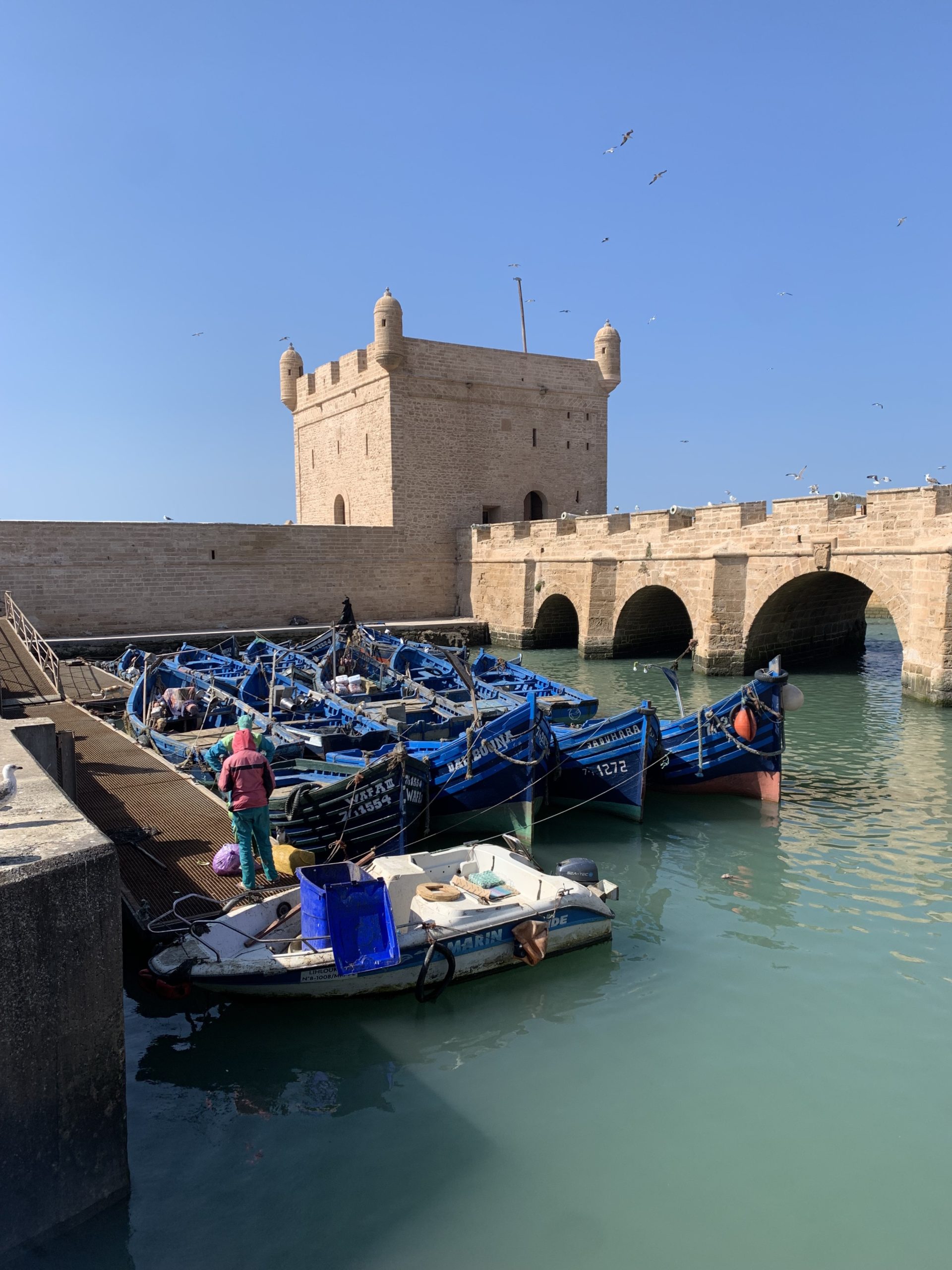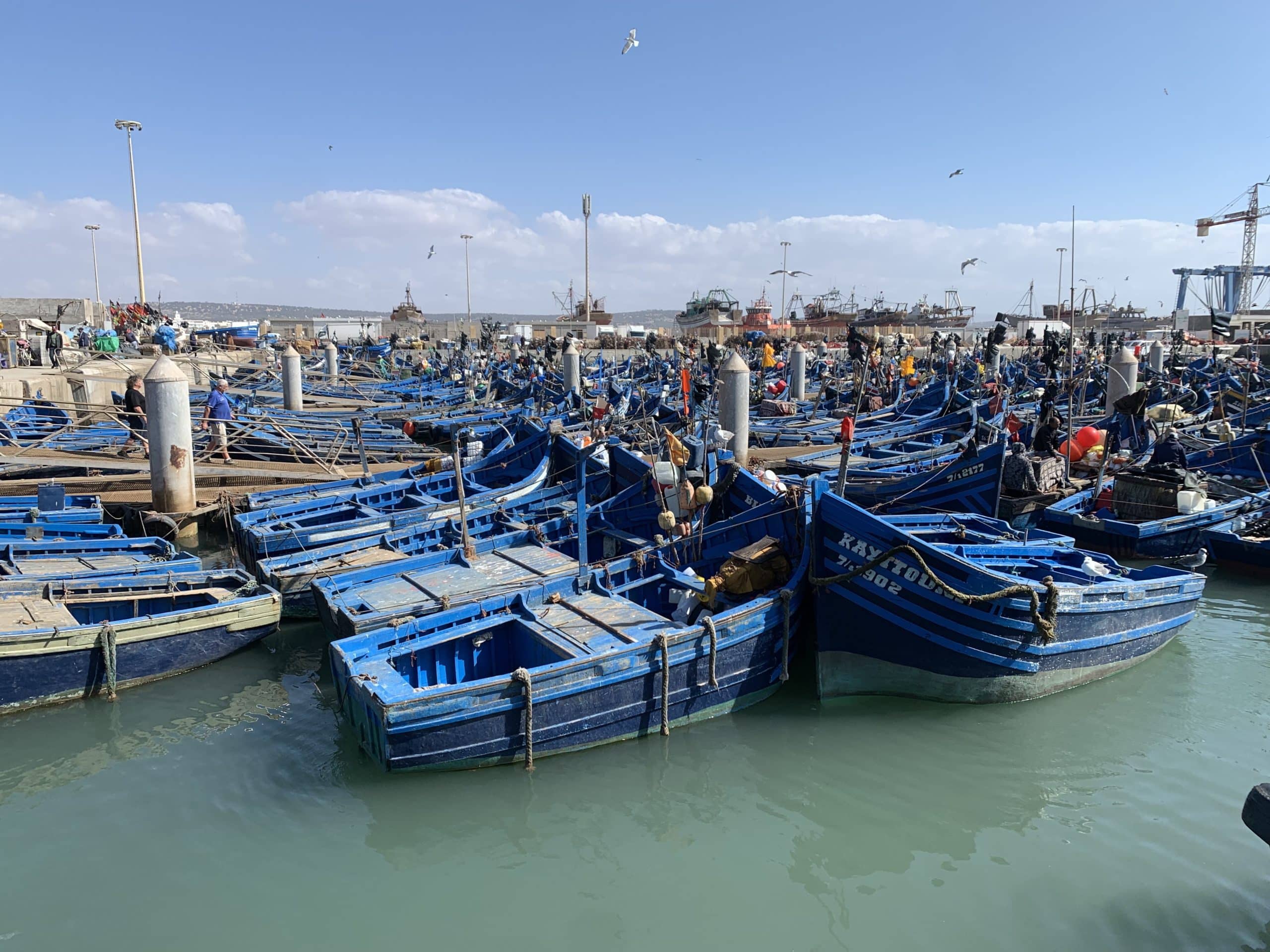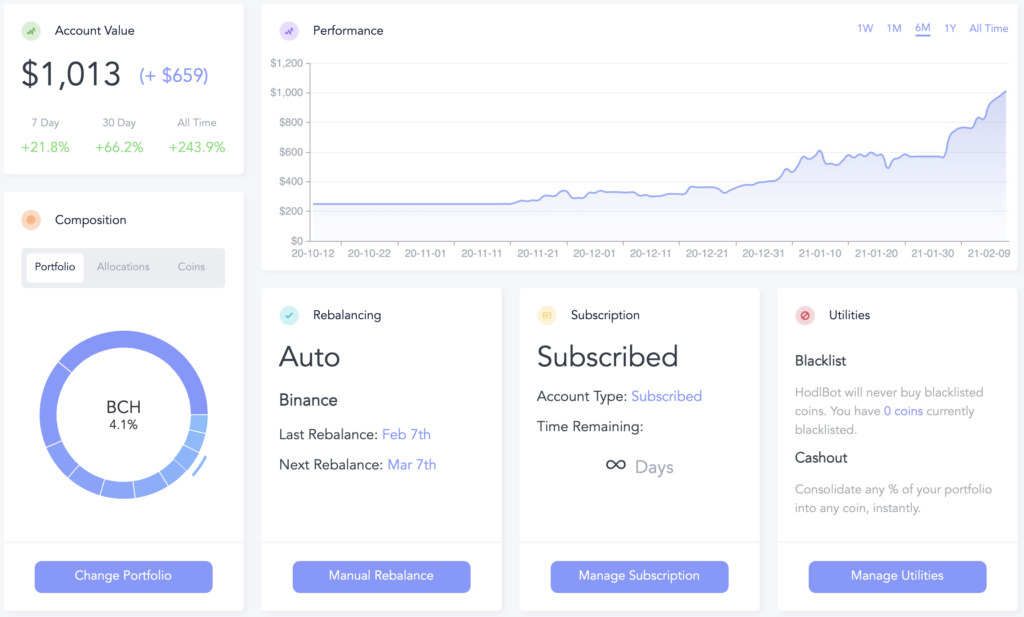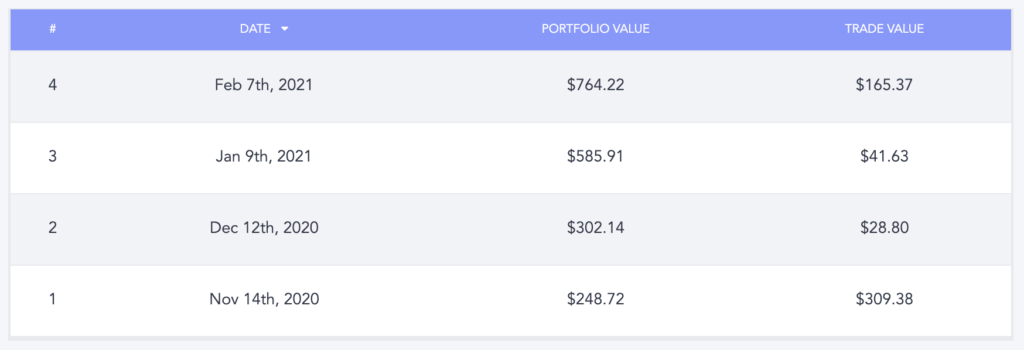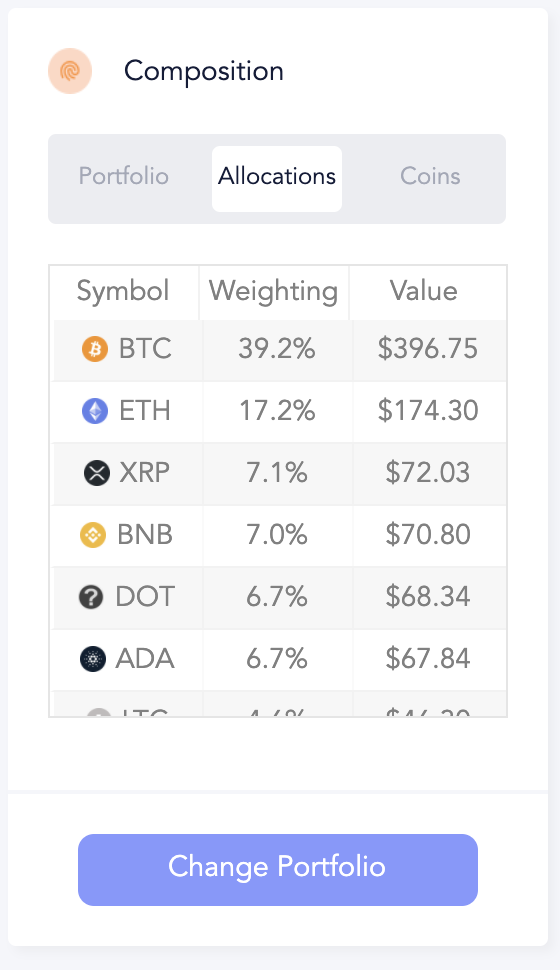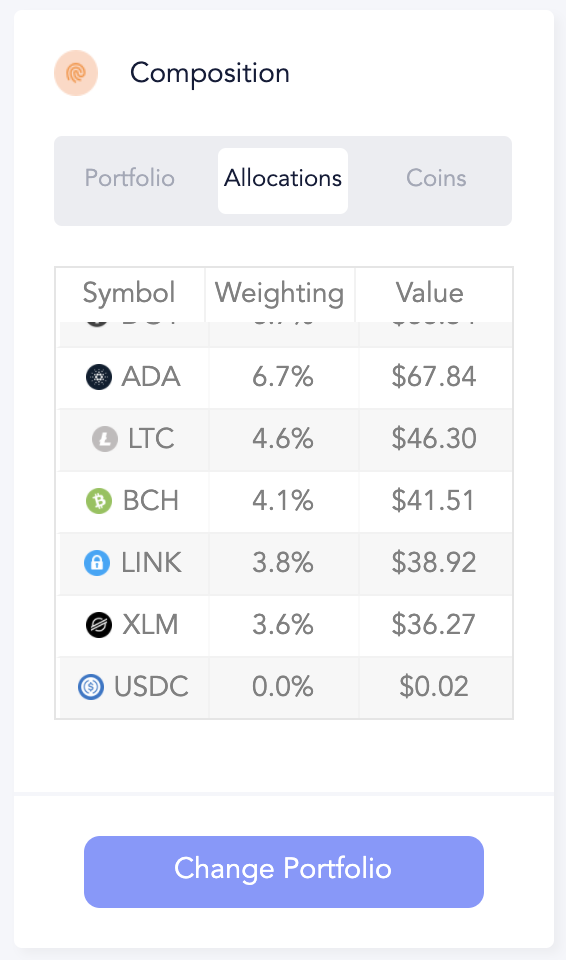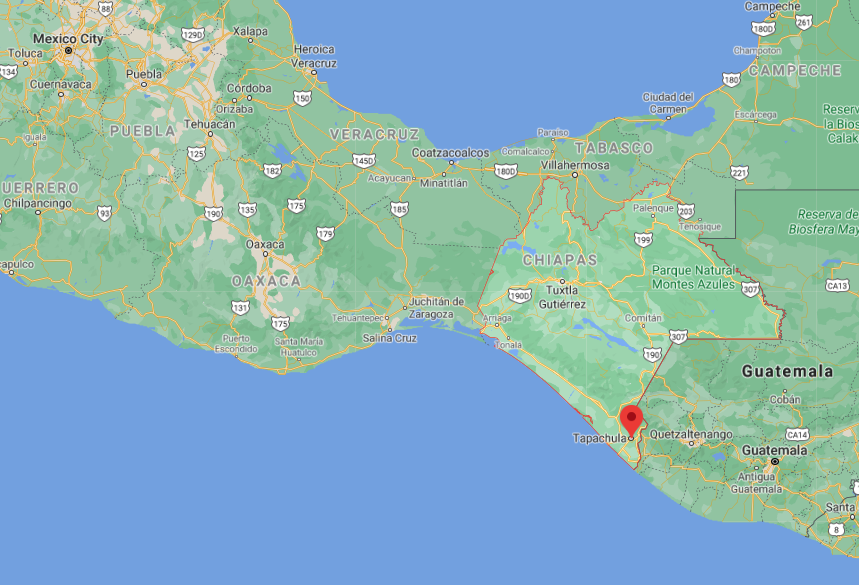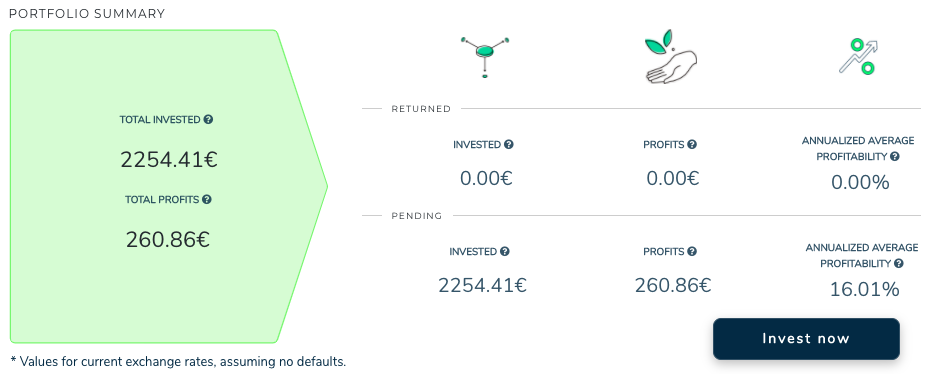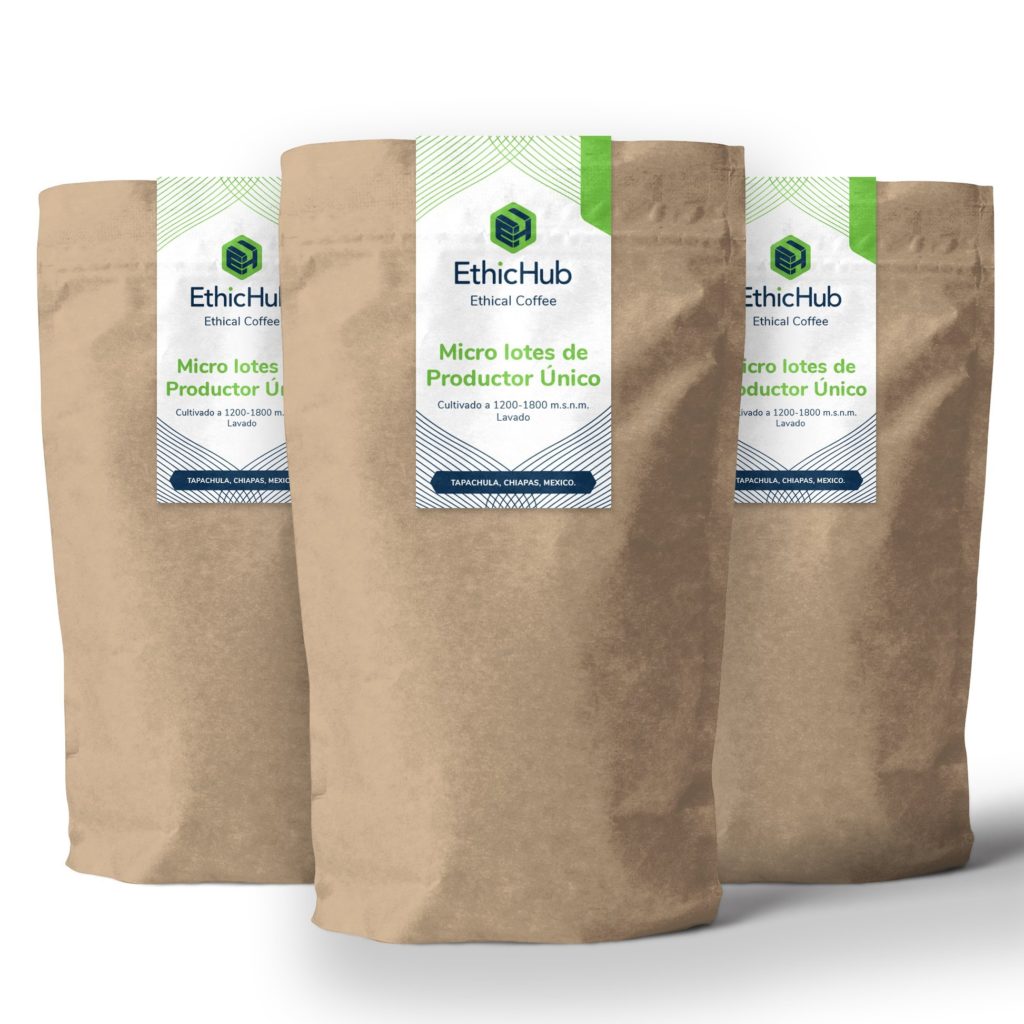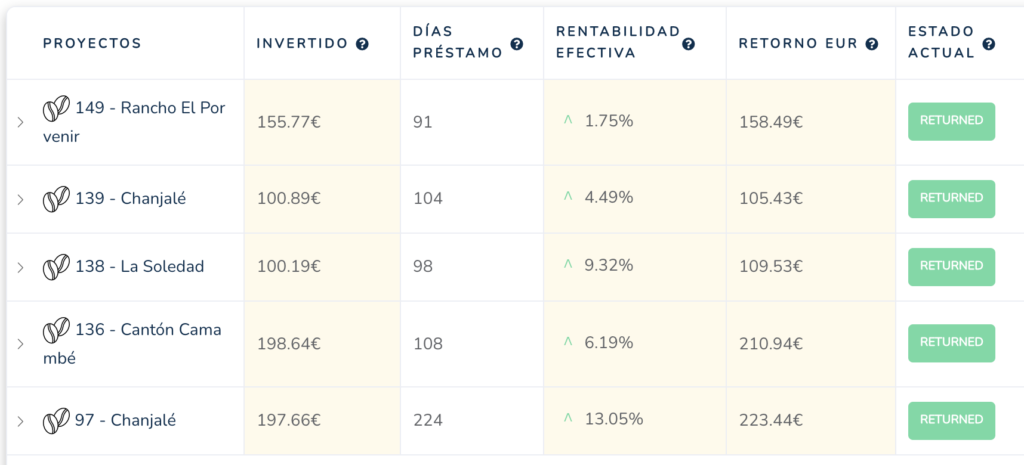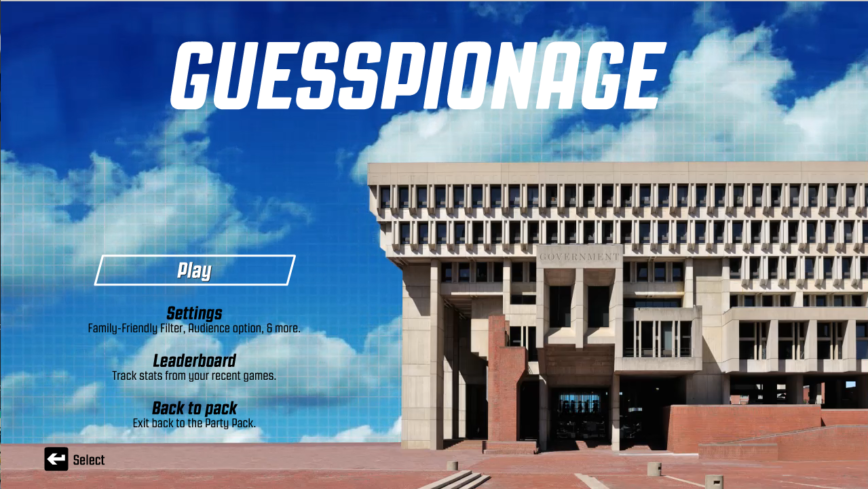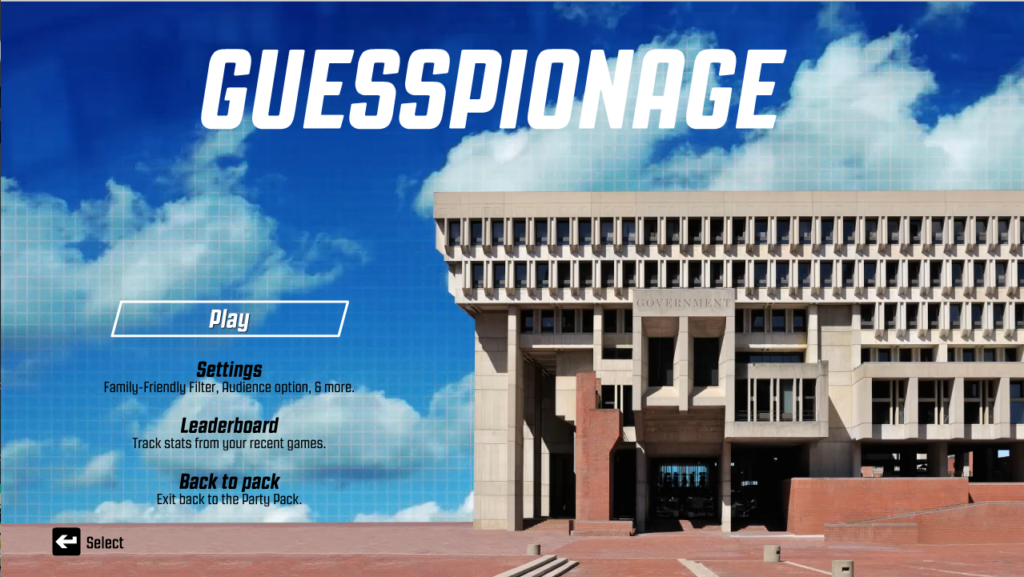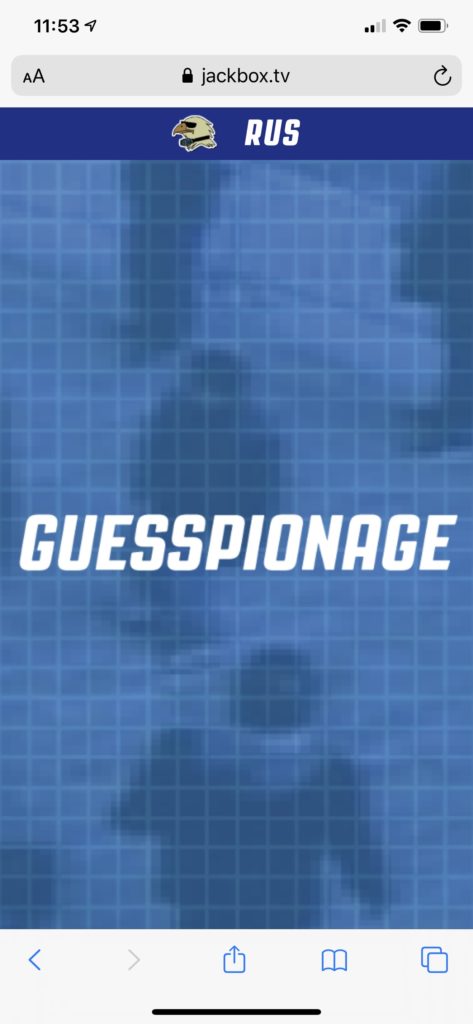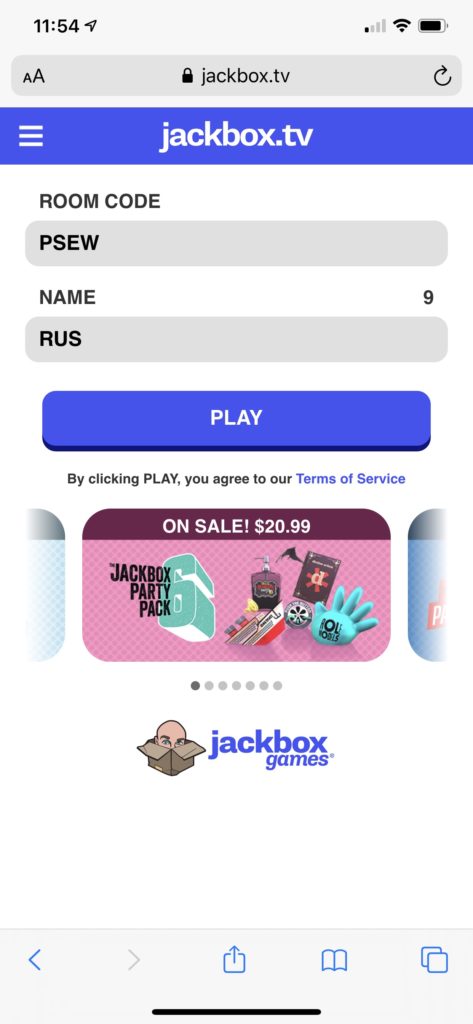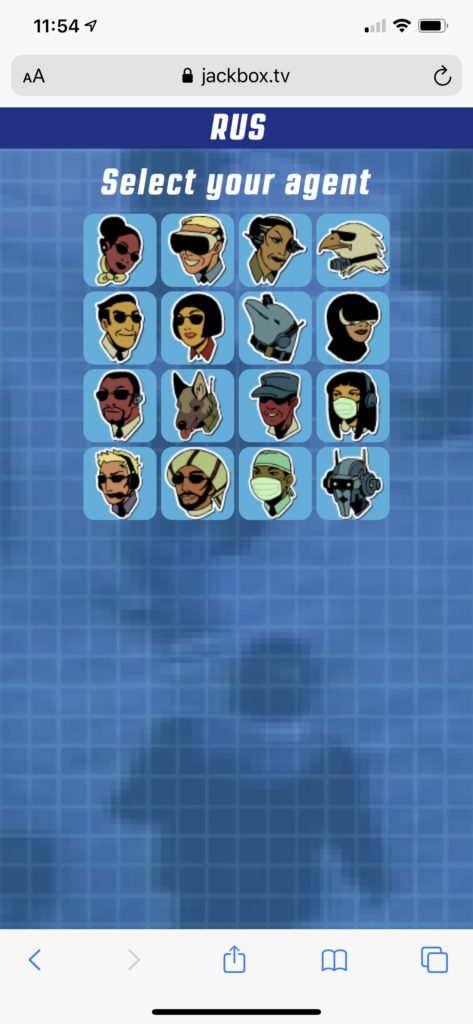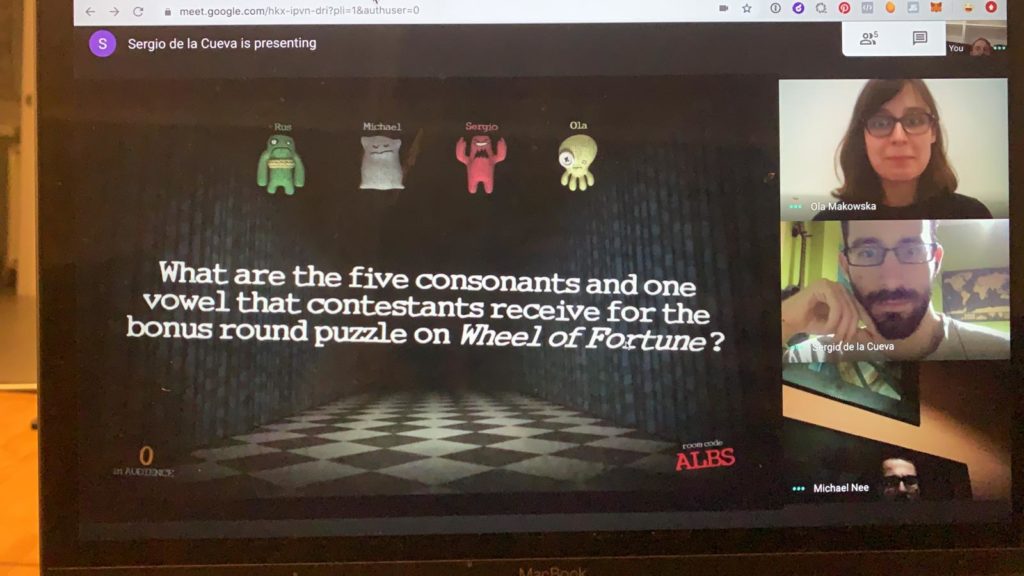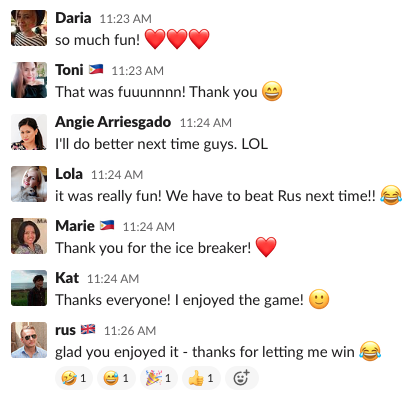Just as the vibrant LEGO pieces come together to create magnificent structures, our life experiences, both significant and seemingly trivial, shape us, brick by brick. Each piece, each memory, each learning curve, intertwines to craft the intricate design of our character. Join me on this journey, as we draw parallels between the assembly of LEGO structures and our own personal growth.
Foundations – From Beginnings and Experiences
Like the foundation of any great LEGO structure, our character’s foundation is laid early in life. Our environment, the people we interact with, and the experiences we undergo, act as those foundational pieces, setting the stage for future growth.
- Escaping from limitations: Escaping the UK in 2014 was a foundational moment. It was not just a geographical move but a journey from the known to the unknown, a step into carving out a unique identity distinct from societal expectations.
- Seeking new horizons: Reading fiction, from Terry Pratchett to “Lord of the Rings,” was not just about escapism but a subconscious quest for broader perspectives. On this foundation of expansive horizons, autobiographies came to enrich the understanding of individual paths and successes. Arnold Schwarzenegger’s journey, for instance, exemplified the metamorphosis from bodybuilder to governor.
- The power of mentorship: A brick can be a guide. A friend, Jarek, dramatically amplified the understanding of photography in mere weeks. Like a crucial LEGO piece that gives structure to an entire section, a good mentor can redefine our trajectory.
The Catalysts of Change – Unpredictable Twists and Turns
Every LEGO builder knows the exhilaration of suddenly spotting an unconventional way to use a piece, leading the entire design in a fresh direction. Similarly, unpredictable events can dramatically reshape our life’s path.
- The unexpected allergy: When a cat entered the flat in 2012, it seemed a simple addition. However, this led to an unexpected cat allergy, resulting in three months of antibiotics. This chain of events potentially cascaded into a diagnosis of diabetes. Such unexpected events remind us of life’s fragility and our adaptability.
- Reinvention through adversities: Our protagonist’s life showcases a series of transformations. From battling drug addiction and alcoholism to evolving into a systems administrator, then to a dating coach, fire performer, and ultimately an entrepreneur, each phase was a brick added to the character’s intricate design. With every twist, a new identity was forged, and previous versions were rebuilt, just as one does when assembling a LEGO masterpiece.
- The magical lens: Embracing practices like witchcraft and hermetic magic served as unique tools for self-reflection and understanding. These mystical bricks, like the elements of earth, wind, water, and fire, correspond with values and energies, offering a unique lens to perceive life.
The Power of Visualization and Imagination
Building with LEGO is as much about visualization as it is about the physical act of assembly. Before placing a brick, we imagine its fit, foreseeing the design’s evolution. Similarly, visualization plays a significant role in personal growth.
- Mapping the Future: A fan of lifestyle design, the act of consciously envisioning a desired future, the protagonist believes in visualizing success paths. Like picturing a LEGO design before its creation, visualization becomes the compass guiding decisions.
- Childhood Curiosities: Memories of crafting a submarine from LEGO, while inspired by the 1960s TV show “Stingray,” show the boundless creativity of a child’s mind. The final structure may not have been a perfect replica, but it was an embodiment of imagination.
- Harnessing the Meta-Universe: An investment in a metaverse project, Decentraland, saw its value skyrocketing. Here, the blend of visualization, through a crafted sigil, and the virtual space represents the bridge between imagination and reality.
Sharing and Community – The Cornerstones of Growth
Every intricate LEGO build becomes even more special when shared and appreciated by a community. Our protagonist’s journey is much the same, with communities and relationships acting as both foundation stones and sources of inspiration.
- Finding a Tribe: The online community, Dynamite Circle, proved pivotal. Acting like the strong interlocking LEGO pieces that hold the entire structure together, this community brought mentorship, friendships, business opportunities, and alignment of values.
- Detaching from the Toxic: Like a misfit LEGO piece that obstructs a perfect design, sometimes our immediate environments can hinder growth. The protagonist’s journey with housemates and family, while emotionally complex, underscores the importance of discerning which connections nurture growth and which stunt it.
- Blogging as a Beacon: Documenting a two-decade-long transformative journey is like presenting a LEGO masterpiece to fellow enthusiasts. The blog stands as an inspiration, a mirror reflecting challenges and triumphs, influencing and resonating with others.
- Mentorship as a Blueprint: Just as LEGO sets come with guiding manuals, mentors like Jarek and Jon Myers illuminated paths in photography and entrepreneurship, emphasizing design, growth, and the subtle art of creation.
- Gathering for Growth: Community gatherings, like Dynamite Circle conferences or Valencia Entrepreneurship meetups, became analogous to LEGO conventions. These were spaces to celebrate shared passions, to learn, and to grow together.
Evolving with Time – Adapting and Scaling
As LEGO enthusiasts progress, they transition from simpler models to intricate designs, each phase demanding new skills and adaptability. Our protagonist’s entrepreneurial journey mirrors this evolution.
- Reinvention: Leaving the UK marked the pivot from a software engineer to an entrepreneur, a transformation as significant as moving from basic LEGO blocks to complex Technic sets. Subsequent challenges, like a business acquisition and the aftermath of the COVID pandemic, only honed this adaptability.
- Guided by Values: Every LEGO masterpiece is a result of a vision, held together by consistency in design. Similarly, every business decision, every hire, and every strategic move was guided by values. This principled approach reiterates that integrity is the glue that binds success.
- Acquiring Skills: Just as a LEGO builder learns techniques over time, from simple stacking to understanding gear mechanisms, our protagonist journeyed through coding, understanding human behaviors, team management, startup dynamics, and finally, the nuances of investments and personal branding.
- Avoiding Distractions: Like a misplaced LEGO piece can derail a design, distractions like excessive traveling or being in unproductive environments can hinder growth. Recognizing these diversions and realigning becomes crucial for consistent evolution.
- Staying Updated: In the LEGO world, new pieces and designs emerge, challenging builders to adapt. Similarly, staying abreast of trends like crypto, AI, and ever-evolving marketing strategies ensures that one remains relevant and poised for growth.
Balancing Depth and Breadth – The Power of Focus
In the vast world of LEGO, there are collectors who acquire diverse sets and those who delve deep into mastering a specific theme. The challenge is finding that balance between depth and breadth, and our protagonist’s journey offers a nuanced perspective on this equilibrium.
- Specialization vs. Generalization: The LEGO universe is vast, with multiple themes and styles. Early on, the protagonist grappled with the same dilemma – should one be a jack of all trades or a master of one? The journey taught the importance of setting a clear goal and leveraging both personal skills and the talents of others to achieve it.
- Prioritization: Just as a LEGO enthusiast might prioritize building a cherished set over others, the protagonist emphasizes the importance of health and well-being, echoing the sentiment that foundational well-being is the bedrock upon which all else stands.
- Core Values: Every intricate LEGO design adheres to certain principles of construction. Similarly, the protagonist’s overarching value resonated with the ethos of a Royal Marine, demonstrating that an unwavering core philosophy is crucial for consistent growth.
- Navigating Contradictions: In the realm of LEGO, one might occasionally encounter design dilemmas. In life, the protagonist too faced moments where values clashed. Yet, by establishing a value hierarchy and learning from each experience, these contradictions became opportunities for introspection and growth.
- Documenting the Journey: Just as LEGO builders might document their processes, noting challenges and solutions, the protagonist’s reflective writing became a roadmap for self-understanding, ensuring external actions mirrored internal philosophies.
The Final Piece – Aligning Internal and External Worlds
Completing a LEGO masterpiece brings immense satisfaction, a testament to hours of dedication and patience. As we approach the culmination of our protagonist’s journey, we see a person whose internal and external worlds are in harmonious alignment.
- Understanding One’s Self: Just as each LEGO piece has its unique place in a set, understanding oneself ensures each decision, action, and interaction fits seamlessly into the mosaic of life.
- Living by a Schedule: In the LEGO world, methodical building often yields the best results. Similarly, our protagonist emphasizes structured living, with clear demarcations for work, relaxation, and personal growth.
- Seeking Autonomy and Freedom: Each LEGO builder cherishes the freedom to create, to innovate. This sentiment is mirrored in the protagonist’s pursuit of independence and freedom, vital for expansive growth.
- Learning from Conflicts: Occasionally, a LEGO design might seem misaligned, prompting revisions. The protagonist’s journey too had its conflicts, but each was a learning curve, guiding future decisions and strategies.
- Continuous Reflection: The best LEGO builders often revisit their designs, tweaking and optimizing. The protagonist’s continuous introspection, through written reflections, ensured personal growth was always on an upward trajectory.
Summary
Building character is akin to creating a LEGO masterpiece. Each piece, each experience, each challenge, and each triumph has its unique place. Our protagonist’s journey, spanning continents, careers, and life stages, is a testament to the power of resilience, adaptability, and unwavering core values. Like any LEGO enthusiast knows, the joy isn’t just in the final structure but in the process of creation.
Reflect on your life as a dynamic LEGO set. What pieces define your foundation? Which ones are you still searching for? Remember, each piece, no matter how small, contributes to your masterpiece. Begin today by documenting your journey, setting clear goals, and surrounding yourself with a community that supports and uplifts your aspirations.

